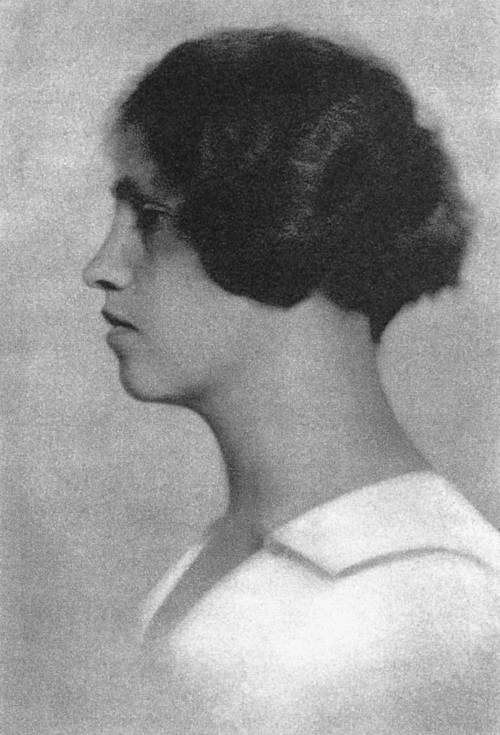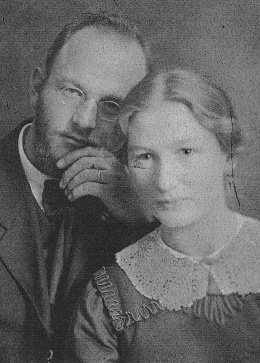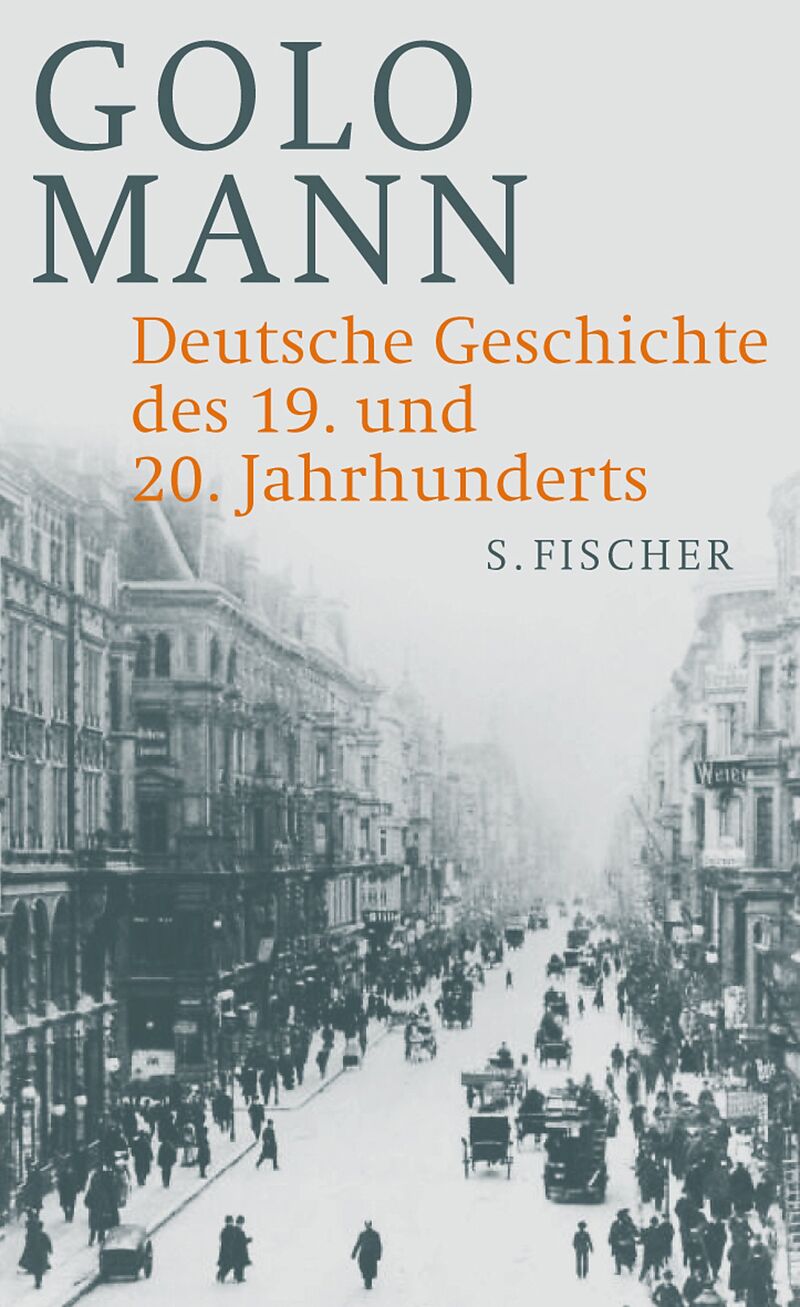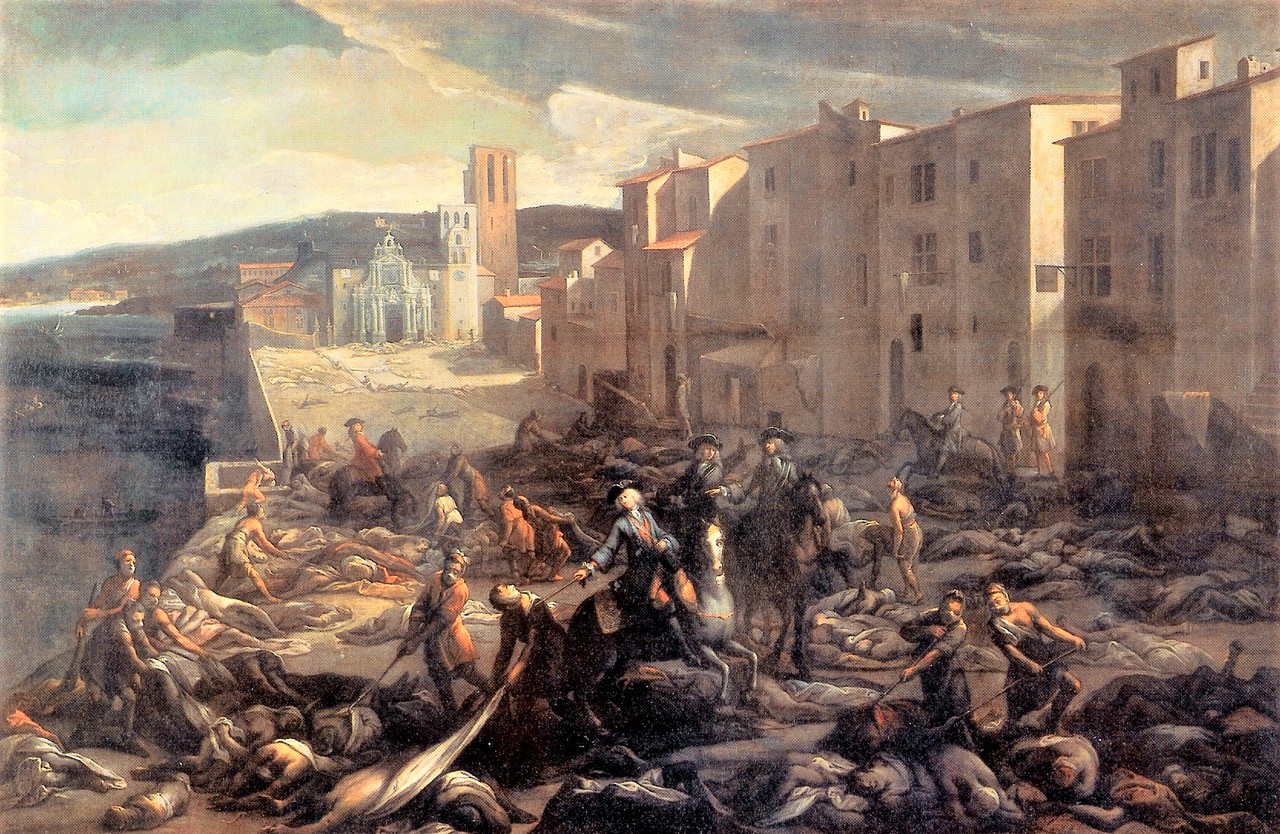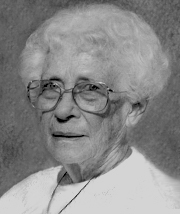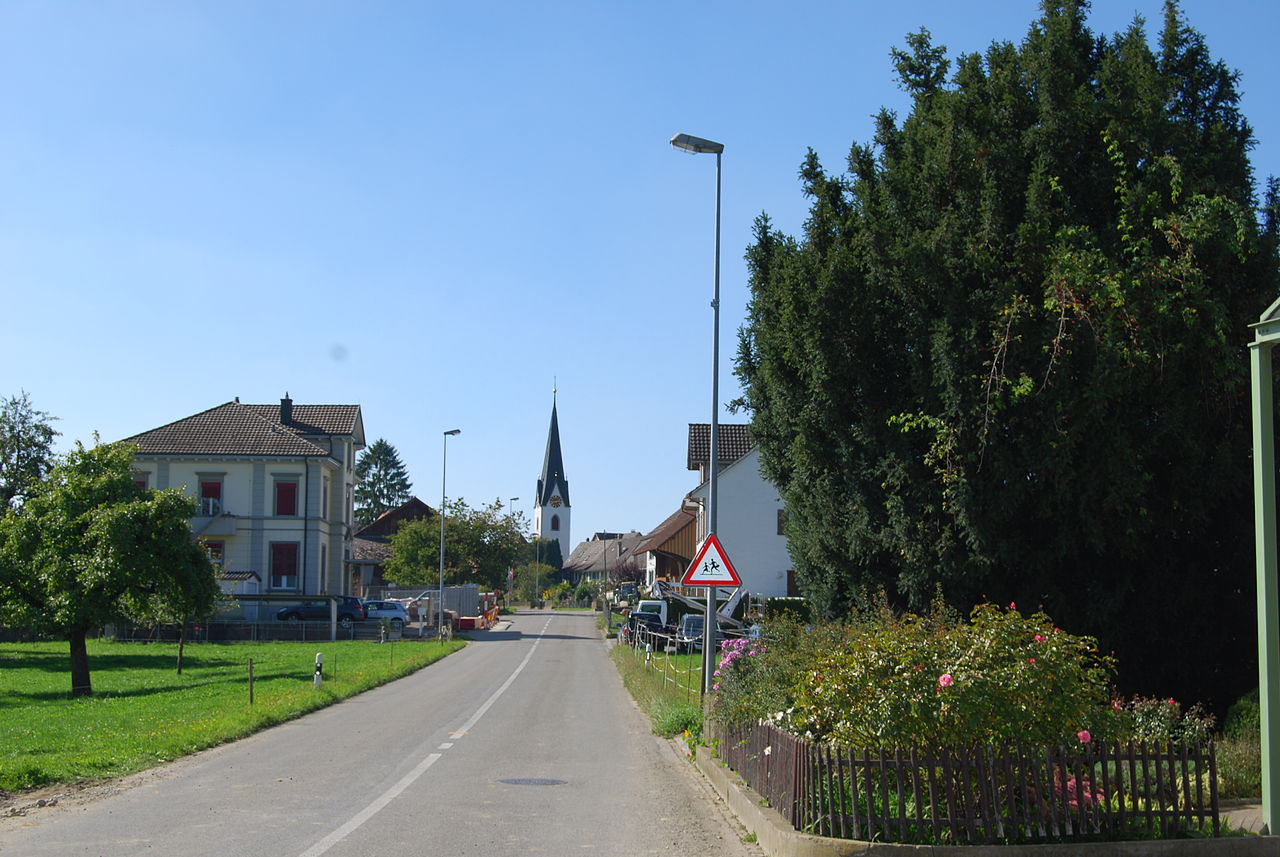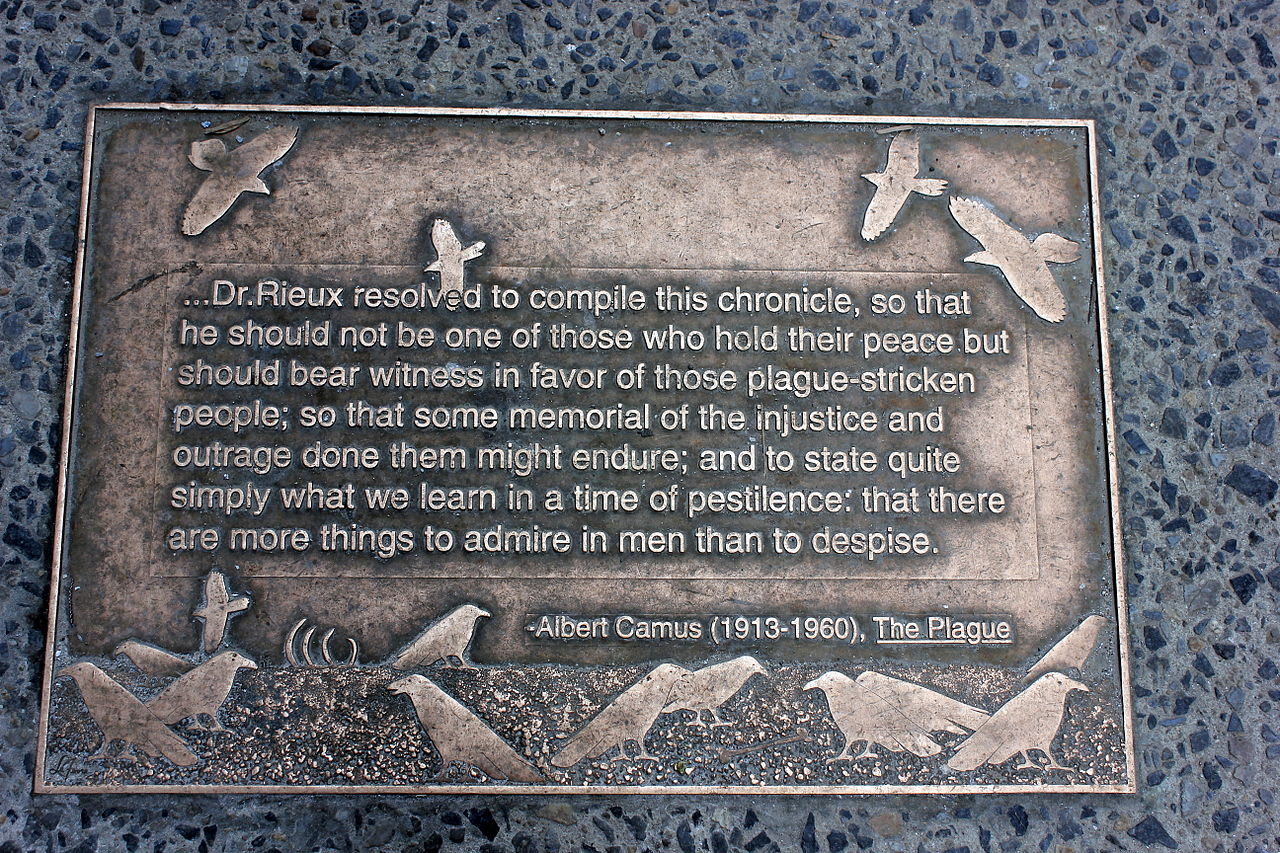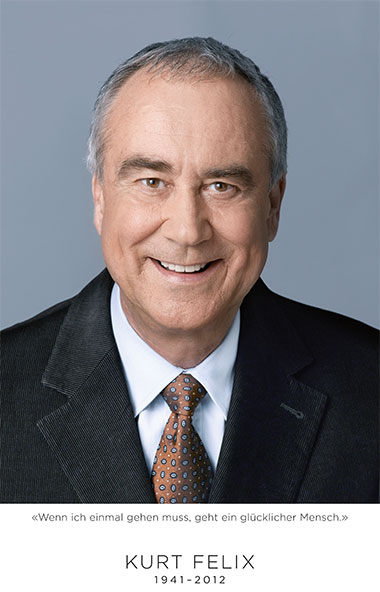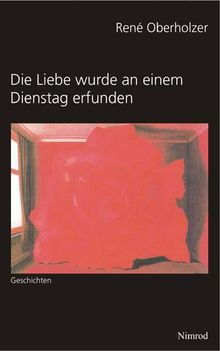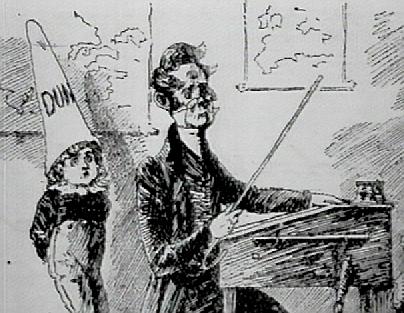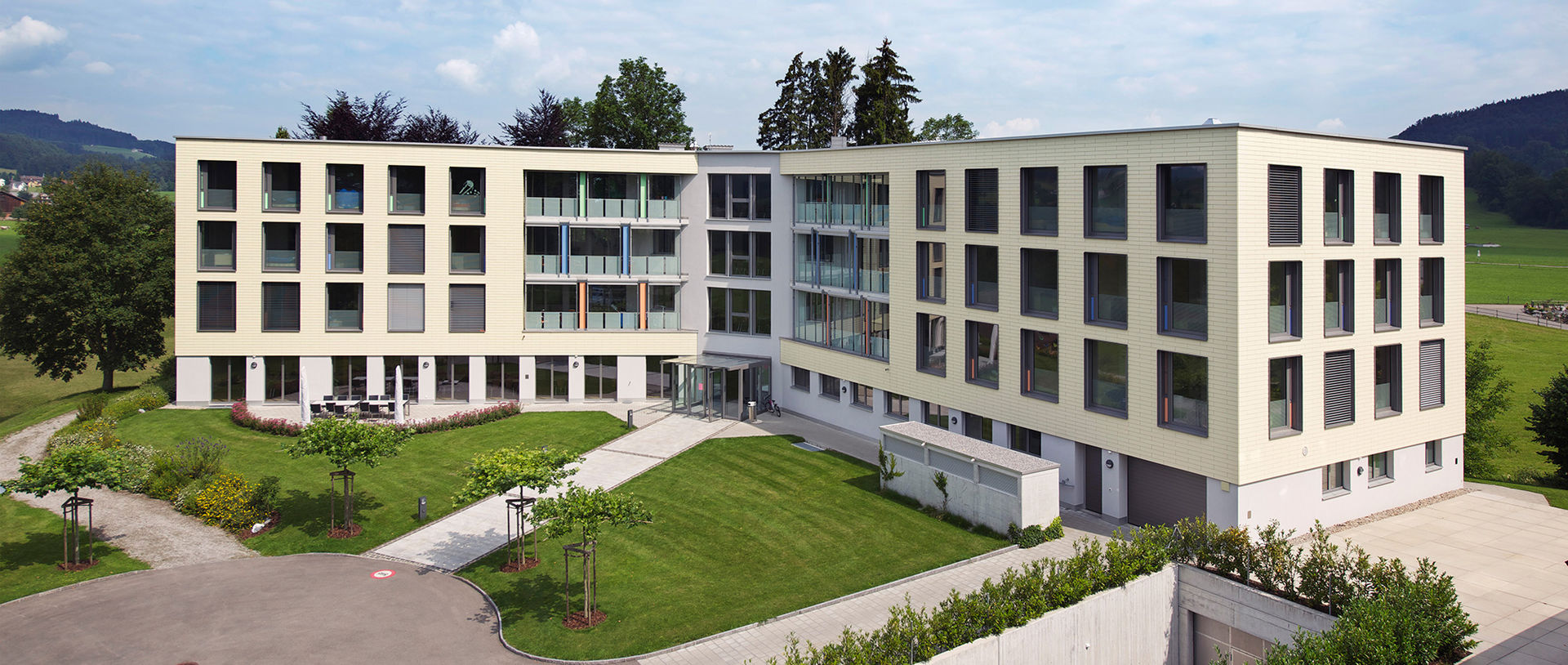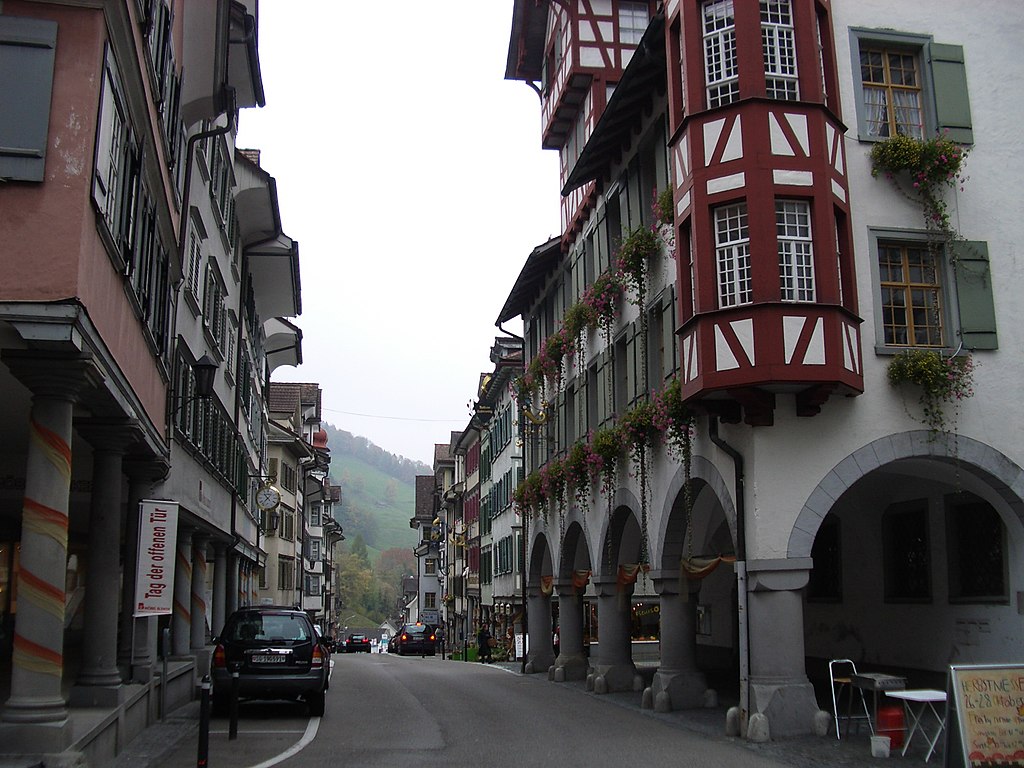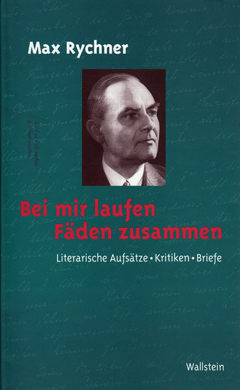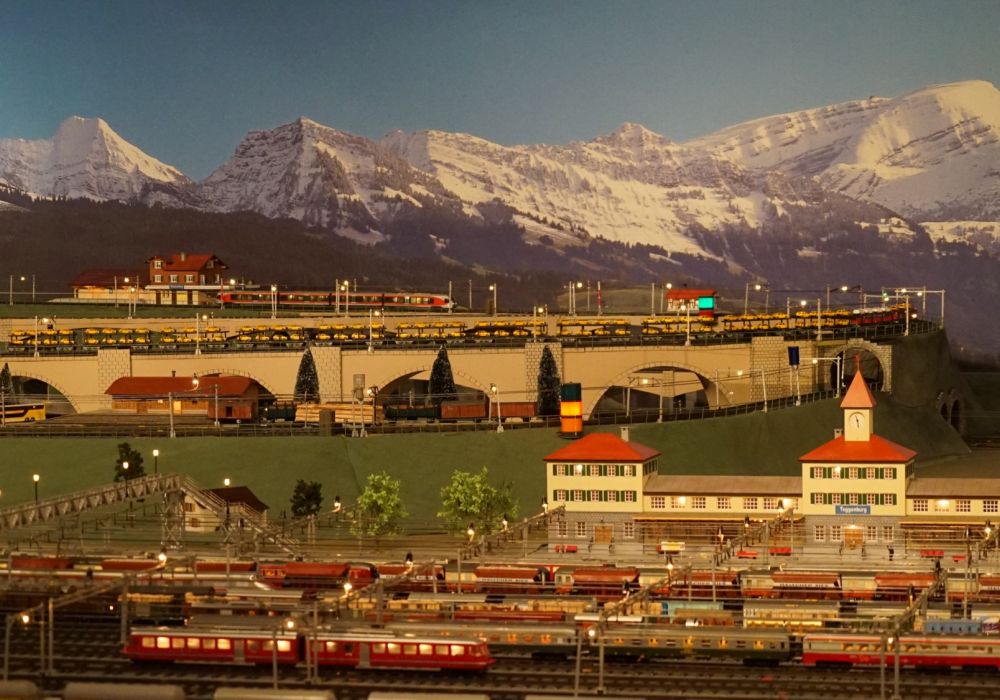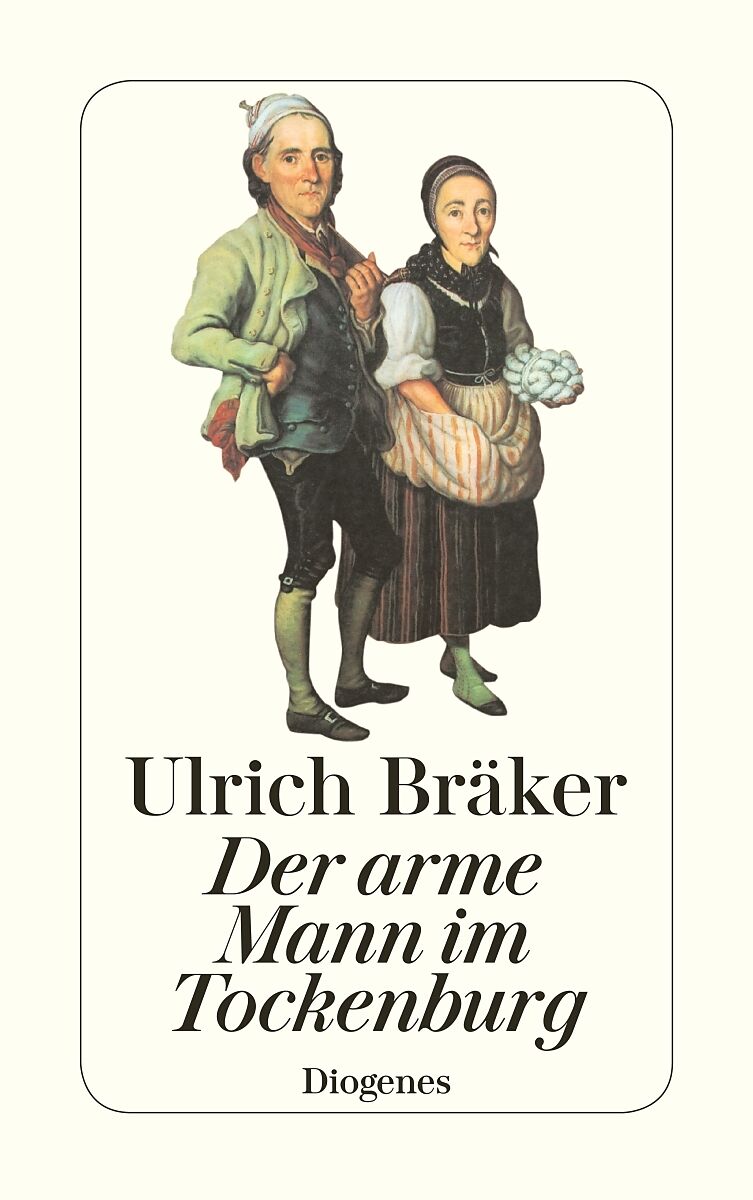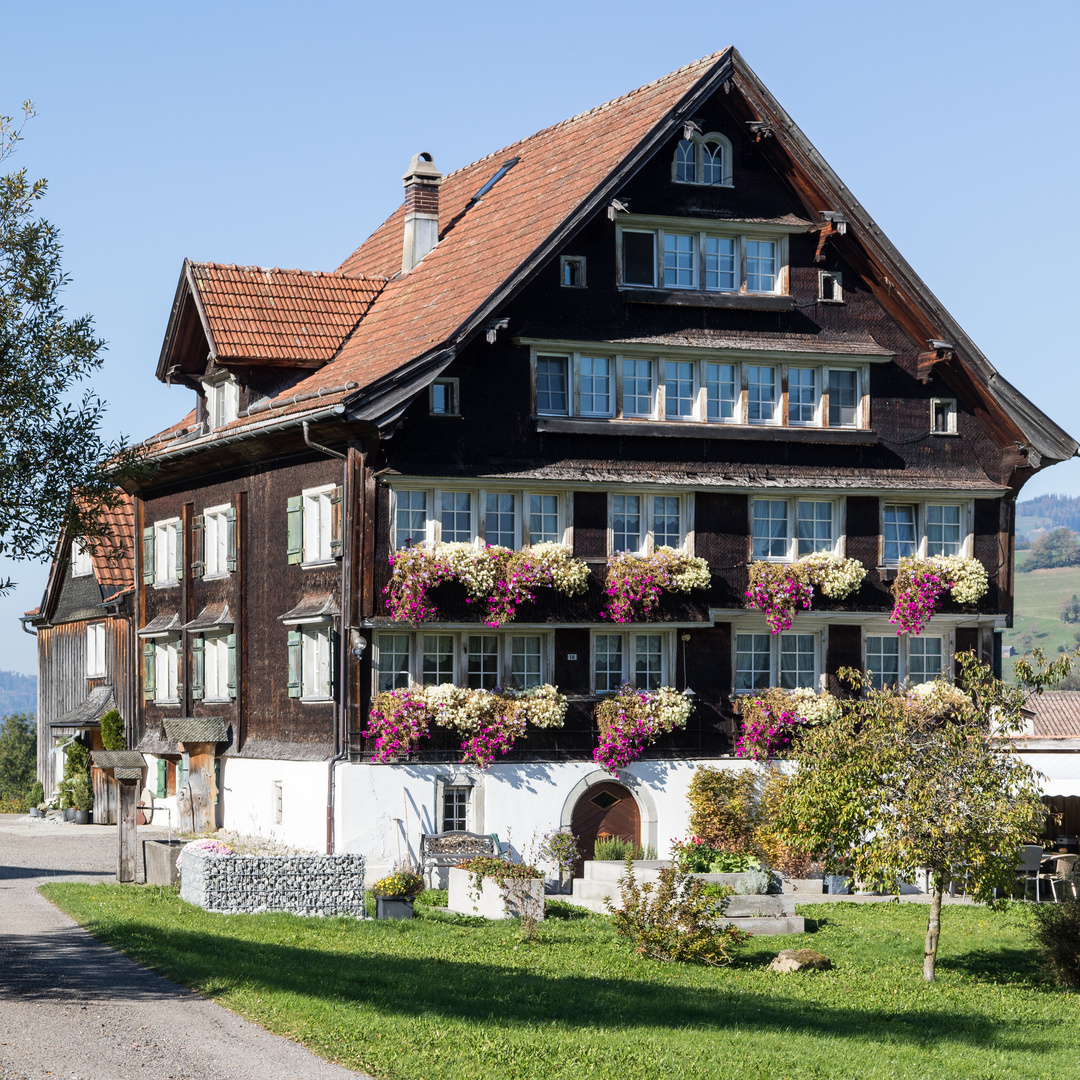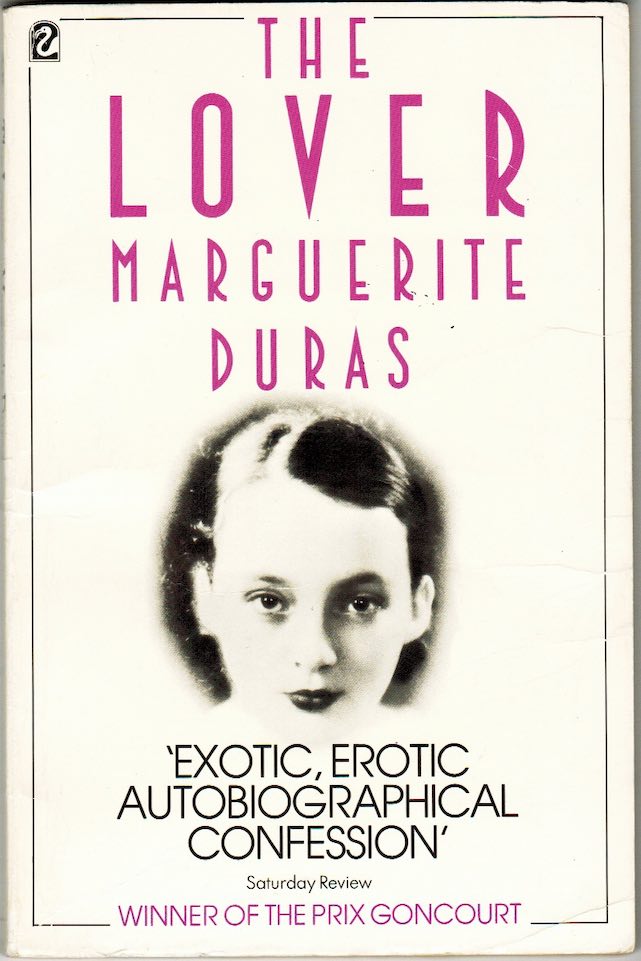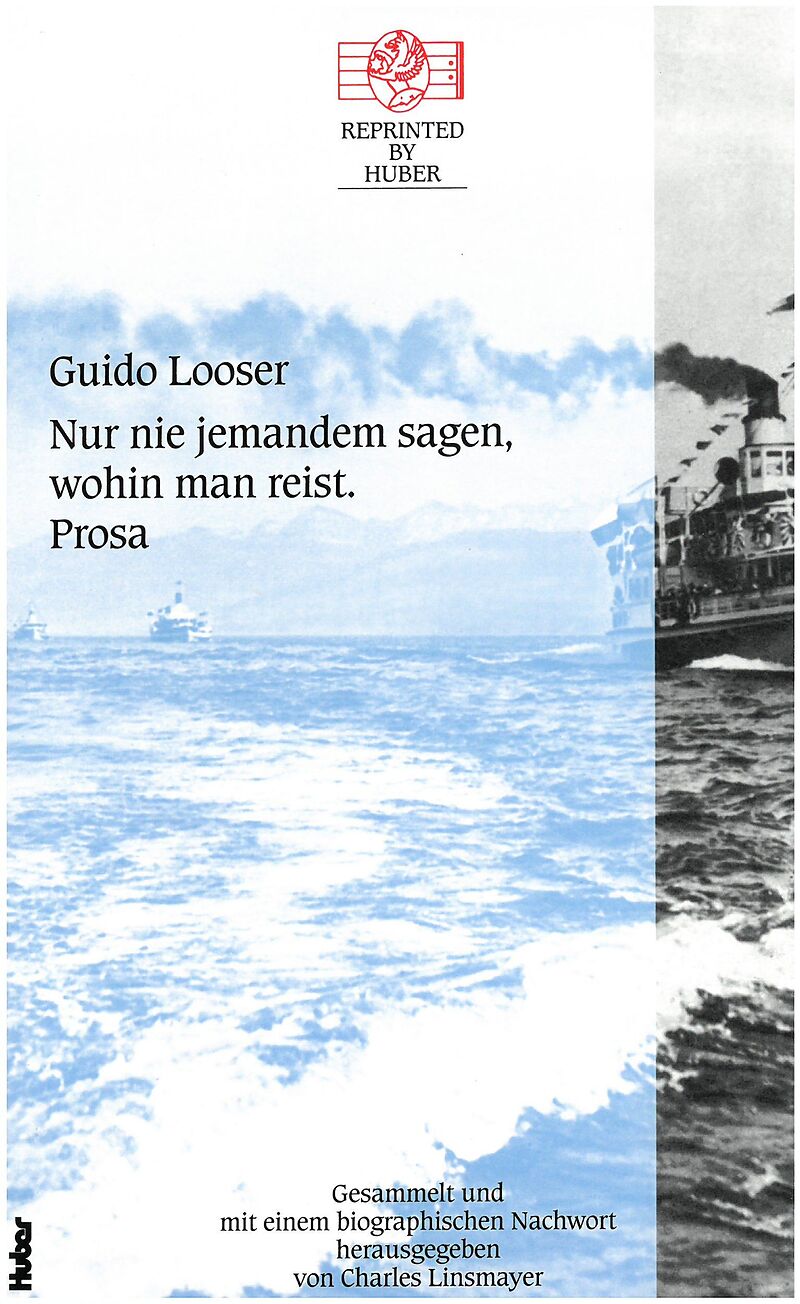Landschlacht, Switzerland, Monday 20 July 2020
Think of this blog as a prologue.
It is named “Building Everest“, for it is here where I practice building something impressive (hopefully), my writing career.

Above: Mount Everest
On Monday (13 July) I phoned an old friend in Gatineau, Québec, Canada and we got to talking about our literary passions and ambitions.
Both of us in our 50s we have come to the realization that there are probably more years behind us than ahead of us, and there is no guarantee that the years that remain will necessarily be healthy years.
Happily, our creative projects do not conflict.
Above: Gatineau, Québec, Canada
He would like to write science fiction and fantasy similar to C.S. Lewis and J.R.R. Tolkien.
Above: C(live) S(taples) Lewis (1898 – 1963)

Above: J(ohn) R(onald) R(euel) Tolkien (1892 – 1973)
I want to write novels and travel books similar to Charles Dickens and Paul Theroux.
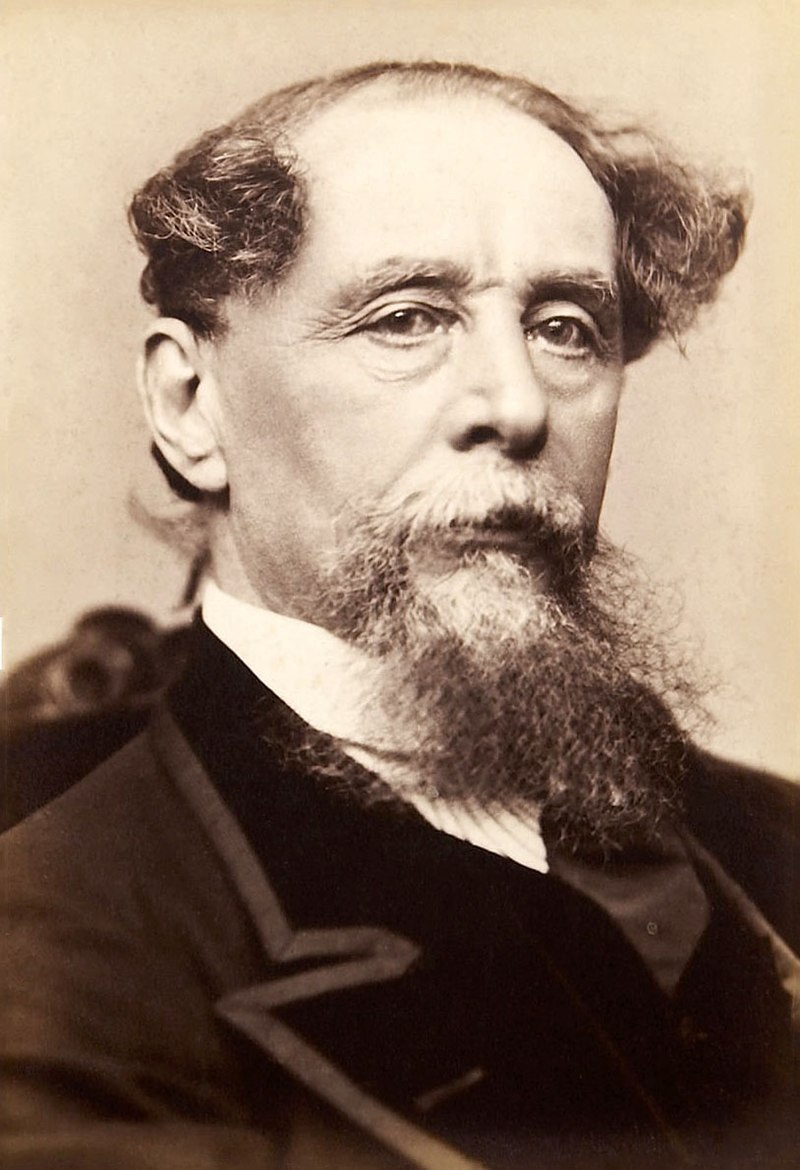
Above: Charles Dickens (1812 – 1870)

Above: Paul Theroux (b. 1941)
I miss my friend and Ottawa where our sporadic reunions usually take place and I wish we lived closer to one another and we could be like his literary heroes.
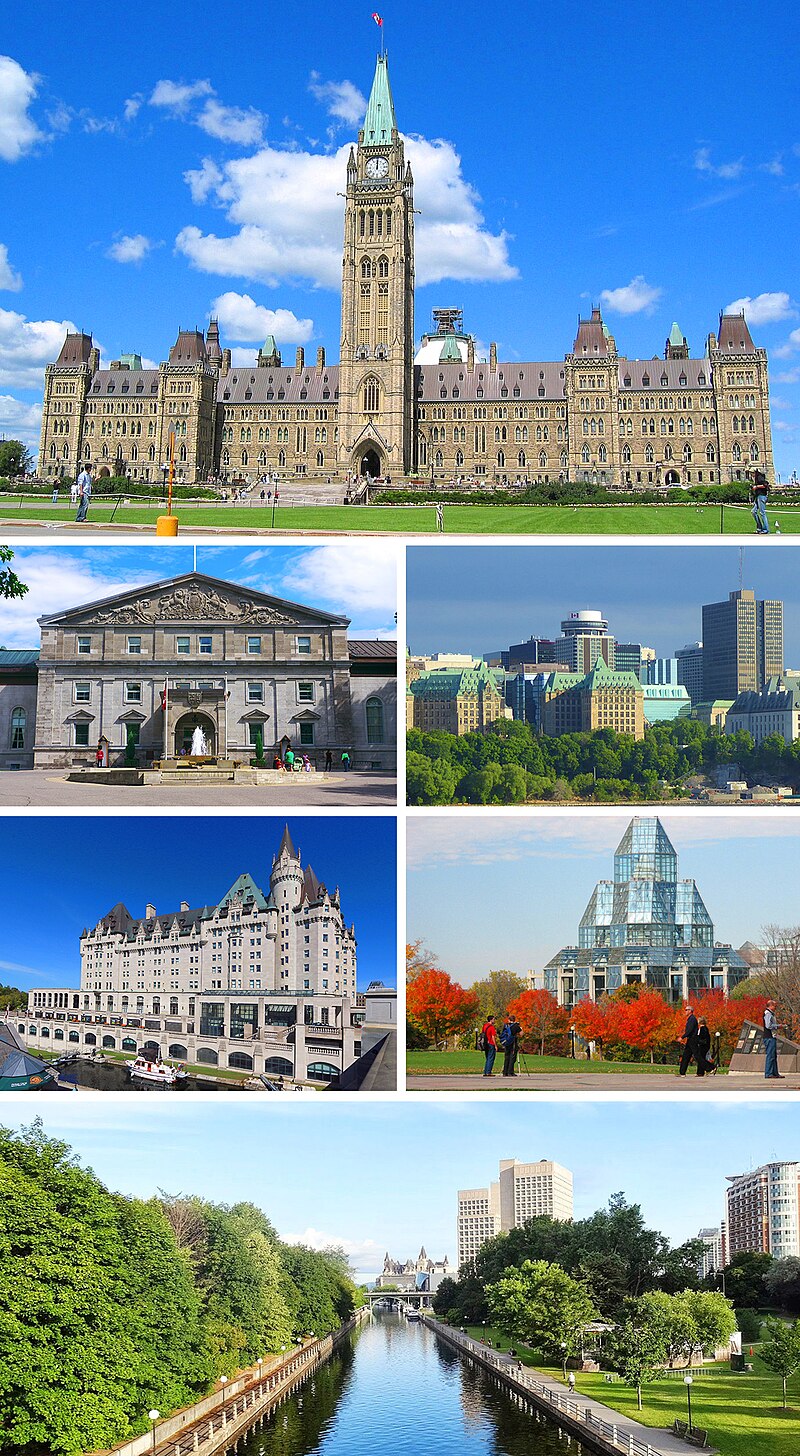
Above: Images of Ottawa, Ontario, Canada (across the river from Gatineau)
Lewis, Tolkien and their friends were a regular feature of the Oxford scenery in the years during and after the Second World War.

Above: Images of Oxford, England
They drank beer on Tuesday at “the Bird and Baby” (The Eagle and Child Pub) and on Thursday nights they met in Lewis’s Magdalen College rooms to read aloud from the books they were writing, jokingly calling themselves “the Inklings“.

Above: The Eagle and Child, Oxford
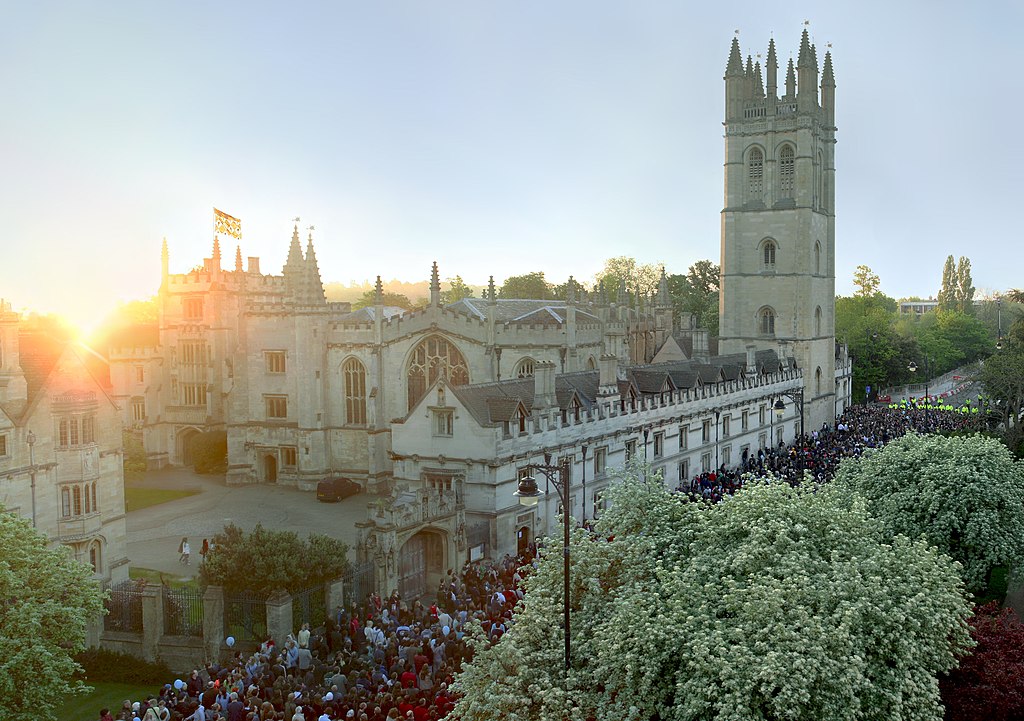
Above: Magdalen (pronounced Maud-lin) College, Oxford

Above: The corner of the Eagle and Child where the Inklings regularly met
Lewis and Tolkien first introduced the former’s The Screwtape Letters and the latter’s The Lord of the Rings to an audience in this company.
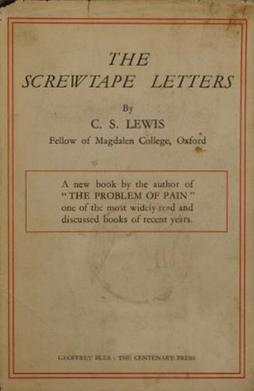

As a English Canadian living in Deutschschweiz, I long for some sort of local creative writing club where I could share my writing worries and hopes in a way much like Lewis, in a letter to his friend A(lfred) K(enneth) Hamilton Jenkin (1900 – 1980), described the idyllic setting of his college rooms:

Above: Linguistic map (German, French, Italian, Rumansh) of Switzerland
“I wish there was anyone here childish enough (or permanent enough, not the slave of his particular and outward age) to share it with me.
Is it that no man makes real friends after he has passed the undergraduate age?
Because I have got no forr’arder, since the old days.
I go to Barfield (Owen Barfield) for sheer wisdom and a sort of richness of spirit.
Above: Arthur Owen Barfield (1898 – 1997)
I go to you for some smaller and yet more intimate connexion with the feel of things.
But the question I am asking is why I meet no such men now.
Is it that I am blind?
Some of the older men are delightful:
The younger fellows are none of them men of understanding.
Oh, for the people who speak one’s own language!“
I guess this blog must serve this capacity.
So many ideas float through my mind and are captured in my chapbook.
(Normally, a chapbook refers to a small publication of about 40 pages, but I use this word in the context of a portable notebook where ideas are recorded as they spontaneously occur.)

Above: Chapbook frontispiece of Voltaire’s The Extraordinary Tragical Fate of Calas, showing a man being tortured on a breaking wheel, late 18th century
Just a sample:
- Scaling the Fish: Travels around Lake Constance

- Mellow Yellow: Switzerland Discovered in Slow Motion
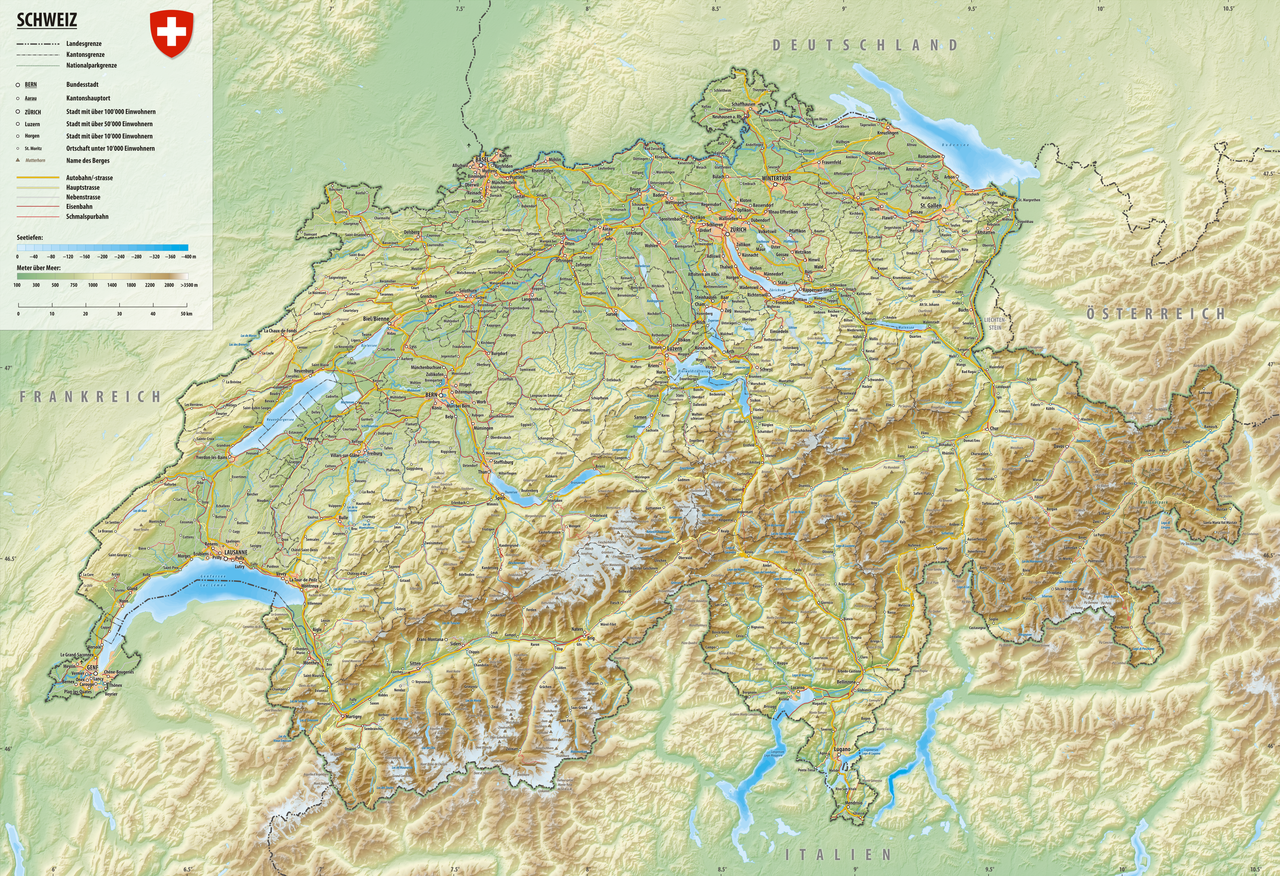
- The Coffeehouse Chronicles (an older man in love with a much younger woman)
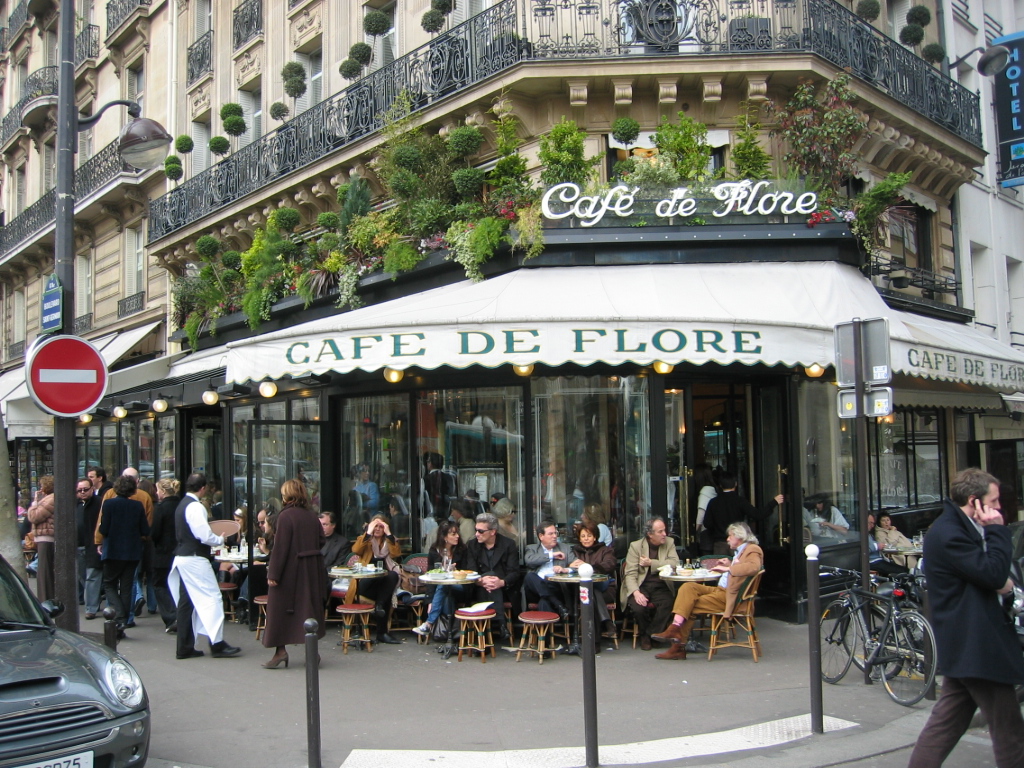
Above: Café de Flore in Paris is one of the oldest coffeehouses in the city.
It is celebrated for its famous clientele, which in the past included high-profile writers and philosophers
- America 47 (think 47 Ronin meets Trumpian times)

- 20th Century Man (think time travel)

- Lover’s Cross (a Beta male escapes his Alpha wife)
- Alicia in Switzerland (Alice in Wonderland meets Gulliver’s Travels in Switzerland)

- Love in the Time of Corona (though the title is reminiscent of Love in the Time of Cholera, the story is more about the virtues of faith, family and hope in periods of plague)

- Gone Mad (what is sanity and how is the world seen by those judged ill in this regard)

Above: Engraving of the eighth print of A Rake’s Progress, depicting inmates at Bedlam Asylum, by William Hogarth.
- The Forest of Shadows (sci-fi that asks the question what if the past never dies?)
Above: Conifer forest, Swiss National Park
I have the ideas.
I believe I have the talent.
What is lacking is the ability to market myself and the discipline to be a prolific writer.
Still I believe that each day I am getting closer to the realization of my ambitions.
One thing that inspires my creativity is my travels and sometimes even a drive through the country can be the spark that ignites my imagination.
Landschlacht to Flims (Part One), Thursday 28 May 2020
“Transport of the mails, transport of the human voice, transport of flickering pictures – in this century, as in others, our highest accomplishments still have the single aim of bringing men together.” (Antoine de Saint-Exupéry)
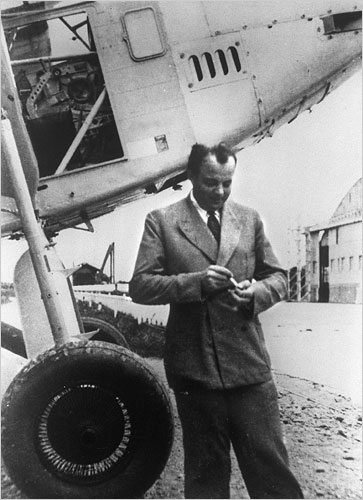
Above: Antoine de Saint-Exupéry (1900 – 1944)
He and She
In a sense, it is travelling together that can make (or break) a relationship.
My wife and I don’t always live together harmoniously, but, generally, we travel well together.
Like any relationship with two (or more) people, harmony is possible once an understanding of who the other person is and what they like becomes clearer.

My wife is an efficient German doctor who sets a goal and will not stop until it is realized, and for this she does have my respect.
I am the “life is a journey, not a destination“ dreamer in the relationship.

I recall a bitter battle of poorly chosen words between us when on a journey between Freiburg im Breisgau (Black Forest of southwestern Germany) and Bretagne (on the Atlantic coast of France) we argued over efficiency over effectiveness.
I wanted to explore the regions between the Black Forest and Bretagne instead of simply rushing through them.
She, the driver, found driving through towns far more exhausting than sticking to motorways.
I, the passenger, wanted to see more than concrete rest stops where we wouldn’t stop and far-off fields we would never walk.

Over the years we have come to an unspoken compromise.
We travel slowly to our travel destination and zoom home after our time there was complete.

Above: “The Tortoise and the Hare“, from an edition of Caleb’s Fables illustrated by Arthur Rackham, 1912
On this day our journey in Switzerland (as of this day the borders around Switzerland were not yet open) wasn’t far by Canadian driving standards: a little over an hour and an half if we followed Highway 13 and Expressway 62 from Landschlacht in Canton Thurgau to Flims in Canton Graubünden.
Instead we opted to take the scenic route, avoiding as much as humanly possible heavily trafficked Autobahns, extending the journey at least another hour if we did not stop on the way.

“I’ve no use for statements in which something is kept back, ” he added. “And that is why I shall not furnish information in supprt of yours.”
The journalist smiled.
“You talk the language of St. Just.”
Without raising his voice Rieux said he knew nothing about that.
The language he used was that of a man who was sick and tired of the world he lived in – though he had much liking for his fellow men – and had resolved, for his part, to have no truck with injustice and compromises with the truth.
His shoulders hunched, Rambert gazed at the doctor for some Moments without speaking.
Then, “I think I understand you,” he said, getting up from his chair.
(Albert Camus, The Plague)

The Private Secret Language of Altnau
“What I do know for certain is that what is regarded as success in a rational materialistic society only impresses superficial minds.
It amounts to nothing and will not help us rout the destructive forces threatening us today.
What may be our salvation is the discovery of the identity hidden deep in any one of us, and which may be found in even the most desperate individual, if he cares to search the spiritual womb which contains the embryo of what can be one’s personal contribution to truth and life.”
(Patrick White)

Above: Patrick White (1912 – 1990)
Heading east along Highway 13 from Landschlacht, the Traveller comes to Altnau (population: 2,244).
During the Lockdown (16 March to 10 May 2020) I often followed the walking path that hugs the shore of Lake Constance, north of both the Lake Road (Highway #13) and the Thurbo rail line, from Landschlacht to Altnau.
Visitors that zoom past Landschlacht often zoom past Altnau as well, as both Highway #13 and the railroad lie north of the town centre, so neither connection to Altnau is a boon to tourism or the economy as a whole.
Altnau remains for most people only a deliberate distant choice, which is a shame as the town entire has been designated as part of the Inventory of Swiss Heritage Sites, with a special focus on the town’s Reformed and Catholic churches and the Apfelweg (apple path).

Above: Upper town, Altnau, Canton Thurgau, Switzerland
The Apfelweg, the first fruit educational path in Switzerland, is a nine-kilometre long circular route which explains with 16 signs everything you didn’t know you wanted to know about apples and apple production.
Understandably the Apfelweg is best done in the spring when the blossoms are on the orchards or late summer when the apples are ready to be harvested.
What can be seen by the lakeside visitor, even viewed from the highway or the train, is the Altnau Pier (Schiffsanlegesteg Altnau).
Completed in 2010, at a length of 270 metres, because of the wide shallow water zone, the Pier is the longest jetty on Lake Constance.
Altnauers call this jetty the Eiffel Tower of Lake Constance because the length of the jetty is the same as the height of the Tower.

Above: Altnau Pier
Notable people have formed the fabric of Altnau.
Hans Baumgartner (1911 – 1996), a famous (by Swiss standards) photographer was born here.
He studied in Kreuzlingen and Zürich and would later teach in Steckborn and Frauenfeld.
He would later sell his photographs to magazines and newspapers.
In 1937, Baumgartner met the Berlingen artist Adolf Dietrich who would feature in many of Baumgartner’s future photographs.

Above: Adolf Dietrich (1877 – 1957)
Baumgartner travelled and photographed Paris, Italy, the Balkans, southern France, North Africa and the Sahara, Croatia and the Dalmatian Coast, Burgundy, Spain, Portugal, Sweden, Finland, the US, Mexico, Belgium and Germany.
He also visited Bombay, Colombo, Saigon, Hong Kong and Yokohama.
He even photographed his spa visits in Davos.
Above: Hans Baumgartner (1911 – 1996)
Altnau attracted the likes of composer-poetess Olga Diener (1890 – 1963).
Born in St. Gallen, Olga lived in Altnau from 1933 to 1943.
Above: Olga Diener
In a letter to Hans Reinhart in June 1934, Hermann Hesse wrote about Olga’s work:
“I like Olga’s dreams very much.
I also love many of her pictures and their rhythms, but I see them enclosed in a glasshouse that separates her and her poems from the world.
That miracle must come about in poetry, that one speaks his own language and his pictures, be it only associative, that others can understand – that distinguishes the dream from poetry.
Olga’s verses are, for me at least, far too much dream and far too little poetry.
She has her personal secret language not being able to approximate the general language in such a way that the sender and recipient correspond to each other.
So I am privately a genuine friend of Olga’s and her books, but as a writer I am not able to classify them.”

Above: Hermann Hesse (1877 – 1962)
Besides Hesse, of the visitors Olga Diener had in her Altnau home, of interest is fellow poet Hans Reinhart (1880 – 1963).
Reinhart came from a Winterthur trading family, which allowed him the opportunity to lead a financially independent poet’s life.
During a spa stay in Karlovy Vary in the late summer of 1889, Reinhart read Hans Christian Andersen‘s fairy tales for the first time.

Above: Hans Christian Andersen (1805 – 1875)
They deeply impressed Reinhart and he later transformed them into stage plays.
After his secondary studies, “Müggli” studied philosophy, psychology, German, art, theatre and music history in Heidelberg, Berlin, Zürich, Paris, Leipzig and Munich.
After completing his studies, he met Rudolf Steiner for the first time in 1905, whom he recognized as a spiritual teacher.
Reinhart later helped Steiner build the first Goetheanum and made friends with other anthroposophists.
In 1941 Reinhart brought his friend Alfred Mombert and his sister from the French internment camp Gurs to Winterthur.
Above: Hans Reinhart (1880 – 1963)
Another of Olga’s Altnau guests was writer / poet Emanuel von Bodman (1874 – 1946).
Bodman lived in Kreuzlingen as a child and attended high school in Konstanz.
After studying in Zürich, Munich and Berlin, he chose Switzerland’s Gottlieben as his adopted home.
His home, like Olga’s, was the meeting point for many artists, including the famous Rainer Maria Rilke and Hermann Hesse.
Bodman wrote several dramas, short stories and hundreds of poems.
He was seen as a poet, storyteller and playwright in the neo-romantic, neo-classical tradition.
Above: Emanuel von Bodman
I write about these members of a long-departed Dead Poets Society, whose works we have not read and might never read, to inspire us.
If writers, poets, artists and musicians can come from Here and their works be loved (at least in their times) then perhaps we too can rise above our humblest of origins and find such luck to inspire others.
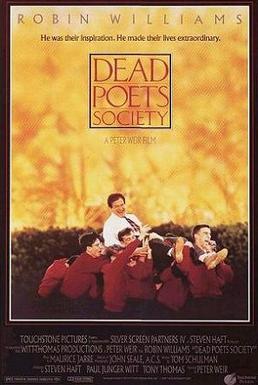
All of these wordsmiths and miracle scribes seem, without exception, all thick and heavy with each other.
And herein lies my weakness.
By temperament, I am more like the Americans Charles Bukowski and Eric Hoffer than I am like those one might call the litterati.
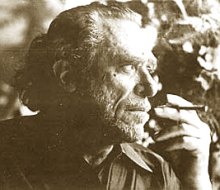
Above: Charles Bukowski (1920 – 1994)

Above: Eric Hoffer (1898 – 1983)
But there is the Internet – a potential tool I have yet to master.

Above: Visualization of Internet routing paths
Today, hardly anyone knows the poet Olga Diener.
It almost seems as if her existence was as unreal as the tone of her poems.
She was once a very real phenomenon on Lake Constance where she had her permanent residence during the 1930s.
She had an exchange of letters with Hermann Hesse.
The poets Hans Reinhart and Emanuel von Bodman were among the guests at her annual anniversary celebrations (4 January) by candlelight.
Otherwise she avoided the company of people with their too many disappointments and losses.
Her house “Belrepeire“, which she had planned herself, was a little bit away from the village.
“Belrepeire” is the name of a city in Wolfram von Eschenbach’s poem “Parzival“.

Above: Statue of Wolfram von Eschenbach (1160 – 1220), Abenburg Castle, Bavaria, Germany
The poet was under the spell of the Grail myth.

Above: The Holy Grail depicted on a stained glass window at Quimper Cathedral, France
Olga found in the silence of her seclusion, the voice of her poems, which bore fairytale titles like “The Golden Castle” or “The White Deer“.
In this mystery game, a character named Blaniseflur sings the verses:
“All the gardens have woken up.
Dew fell from the stars and
Venus Maria walked through them with her light feet.
Now flowers breathe the sky
And the Earth fulfills the dream
Received from spring night.
How a blackbird sings!
The longing carries the swans
Swinging across the lake.
The sun rises red from the water.
Light is everything.”
The images Olga saw on long walks on the shores of the Lake, as she would have said, condensed into dreamlike structures, the form of which was often difficult to understand.
Even Hans Rheinhart, who made the only attempt for decades to critically appreciate Olga in the Bodenseebuch (the Book of Lake Constance) in 1935, did not understand her “private secret language“.
Olga was actually a musician.
For her there was no creative difference between writing and composing.
How musical her language was can immediately be heard when her poetry is read out loud.
Her words are full of sound relationships far beyond the usual measure, which Hesse described:
“In your newer verses there is often such a beautiful sound.”
Olga wrote notes like other people speak words.
In the guestbook of Julie and Jakobus Weidenmann, she immortalized herself with a song instead of verses.
She was often a guest at the Weidenmanns.
Julie shared Olga’s natural mystical worldview, which was coloured Christian, while Olga tended to esotericism.
Julie’s first volume of poems is entitled Tree Songs, while Olga wrote a cycle called Rose Songs in Altnau.
Above: Jakobus and Julie Weidenmann
The seventh poem of Olga’s cycle contains her lyrical confession:
“Leave me in the innermost garden
Faithfully my roses wait:
Fertilize, cut, bind,
Cut hands from thorns.
The blooming light, awake moonlight
Enter the flower goblets.
The winds pull gently over it,
And rain roars in some nights.
I am earthbound like her
And once again disappeared.”

Unlike Olga, Golo Mann (1909 – 1994) was anything but a mystic.
As the son of Thomas Mann, Golo belonged to one of the most famous literary families in the world.
Not only his father, but also his uncle Heinrich and his siblings Erika, Klaus, Monika, Elisabeth and Michael worked as writers.
Writing was in Golo’s blood.

Above: Golo Mann (1909 – 1994)
This does not mean that writing was always easy for him.
On the contrary, like all of Thomas Mann’s children, Golo was overshadowed by his father and did not feel privileged to be the son of a Nobel laureate in literature.
Golo saw himself primarily as a historian and thus distinguished himself from the novelist who was his father.

Above: Thomas Mann (1875 – 1955)
Nevertheless, Golo used a thoroughly literary approach to history.
Two of his books are titled History and Stories and Historiography as Literature.
The fact that Golo cultivated a narrative style that earned him condescending reviews and the derisive ridicule of fellow historians, but this did not stop the general public from enthusiastically reading his books.
Golo Mann’s first bestseller was largely created in Thurgau.
Again and again Golo retired to Altnau for several weeks in the Zur Krone Inn, for the first time in summer 1949.
His memories of Lake Constance were published in 1984 in the anthology Mein Bodensee: Liebeserklärung an eine Landschaft (My Lake Constance: Declaration of Love for a Landscape), under the title “Mit wehmütigen Vergnügen” (with wistful pleasure).
There he writes about the Krone:
“There was an inn on the ground floor, the owner’s family had set up an apartment on the first floor, and on the second floor a few small rooms connected by a forecourt were available to friends of the Pfisters, the bookseller Emil Oprecht and his wife Emmi.
Thanks to my friend Emmi, they became my asylum, my work and retirement home.”
Emmi and Emil Oprecht belonged to the circle of friends of Julie and Jakobus Weidenmann in Kesswil.
The Oprecht home in Zürich was a meeting point for all opponents of the Hitler regime during the war.
Above: Emil and Emmi Oprecht
Europa Verlag (Europa Publishing) was committed to the same democratic and social spirit as that of the Weidenmann guests in the 1920s, including Golo’s siblings Erika and Klaus.

Above: Erika Mann (1905 – 1969) and Klaus Mann (1906 – 1949)
Golo’s father was good friends with Emil Oprecht and published the magazine Mass und Wert (Measure and Value) together with Konrad Falke (1880 – 1942).

It is ultimately thanks to these diverse relationships that Golo Mann put his Deutsche Geschichte des 19. und 20. Jahrhunderts (German History of the Nineteenth and Twentieth Centuries) in paper in 1956 and 1957, primarily in Altnau.
The success of this book made it possible for Golo Mann, who had gone into American exile like his father, to finally return to Europe.
It looked like nothing stood in the way of his academic career.
When his appointment to the University of Frankfurt did not come about, Golo retired from teaching and lived from then on a freelance writer in his parents’ home in Kilchberg on Lake Zürich and in Berzona in Canton Ticino, where fellow writers Alfred Andersch (1914 – 1980) and Max Frisch were his neighbours.

Above: Max Frisch (1911 – 1981)
In Kilchberg, Berzona, and again in Altnau, Golo wrote his opus magnum, Wallenstein – Sein Leben erzählt von Golo Mann (Wallenstein: His Life Told by Golo Mann).
Telling history was completely frowned upon by academic historians in 1971, the year this monumental biography was published, but Golo didn’t care nor did the thousands of his readers.
Despite hostility from university critics, Golo was awarded two honorary doctorates, in France and England, but not in the German-speaking world.
In addition, he was awarded a number of literary prizes for his books: the Schiller Prize, the Lessner Ring, the Georg Büchner Prize, the Goethe Prize and the Bodensee Literature Prize.
The last will have particularly pleased him, because the Lake smiled at the beginning of his literary fame.
(For more on the entire Thomas Mann family, please see Canada Slim and the Family of Mann in my other blog, The Chronicles of Canada Slim – https://canadaslim.wordpress.com)
The Lake seemed to be smiling at the beginning of our journey as we left Highway #13 in the direction of Sommeri.
Summery Sommeri Summary
“The word ‘plague’ had just been uttered for the first time….
Everybody knows that pestilences have a way of recurring in the world.
Yet somehow we find it hard to believe in ones that crash down on our heads from a blue sky.
There have been as many plagues as wars in history.
Yet always plagues and wars take people equally by surprise.”
(Albert Camus, The Plague)
Above: The plague, Marseille, France, 1720, Michel Serré
Sommeri (population: 591) is first mentioned in 905 as Sumbrinaro.
Between 1474 and 1798, the villages of Niedersommeri and Obersommeri formed a court of the Prince–Abbot of St. Gall.
In 1474 the Church of St. Mauritius was dedicated.
It was renovated to its current appearance in the first half of the 15th century.
After the Protestant Reformation reached Sommeri in 1528, the church became a shared church for both faiths in 1534.
Originally the major economic activities in Sommeri were predominantly grain production and forestry.

Above: Coat-of-arms of Sommeri
It was nearly obliterated by the Black Death in 1629.
In the second half of the 19th century, fruit production, hay production, cattle and dairy farming were added.
A cheese factory was opened in 1852.
In the last third of the 20th century, some industrial plants moved into the villages, especially embroidery and furniture manufacturing.
At the beginning of the 21st century there were companies in the HVAC industry, precision engineering and manufacturing school furniture in Sommeri.
Above: Sommeri, Canton Thurgau, Switzerland
To be frank, there is no reason to linger in Sommeri, except to say that it was the birthplace of the writer Maria Dutli-Rutlishauser (1903 – 1995) of whom I have previously written.
Above: Maria Dutli-Rutlishauser
(For more on Maria, please see Canada Slim and the Immunity Wall of this blog.)
Onwards.
From Sommeri, Google Maps leads her hapless wanderers onwards to Langrickenbach.

“Query:
How contrive not to waste time?
Answer:
By being fully aware of it all the while.
Ways in which this can be done:
By spending one’s days on an uneasy chair in a dentist’s waiting room, by remaining on one’s balcony all Sunday afternoon, by listening to lectures in a language one doesn’t know, by travelling by the longest and least convenient train routes, and, of course, standing all the way, by queuing at the box office of theatres and then not booking a seat.
And so forth.”
(Albert Camus, The Plague)

Longing for Langrickenbach
Langrickenbach (population: 1,291) was first mentioned in 889 as “Rihchinbahc“.
It is a place for crops and fruit, cattle breeding and dairy farming, general goods, timber and cattle trading.
Again, not much to see.
Hit the road.
Above: Langrickenbach, Canton Thurgau
“Watching cows and calves playing, grooming one another or being assertive, takes on a whole new dimension if you know that those taking part are siblings, cousins, friends or sworn enemies.
If you know animals as individuals you notice how often older brothers are kind to younger ones, how sisters seek or avoid each other’s company, and which families always get together at night to sleep and which never do so.
Cows are as varied as people.
They can be highly intelligent or slow to understand, friendly, considerate, aggressive, docile, inventive, dull, proud or shy.
All these characteristics are present in a large enough herd.”
(Rosamund Young, The Secret Life of Cows)
The Birwinken Bulletin
Makes me think of Bullwinkle, the cartoon moose and his squirrel friend Rocky.
No moose or squirrels spotted.
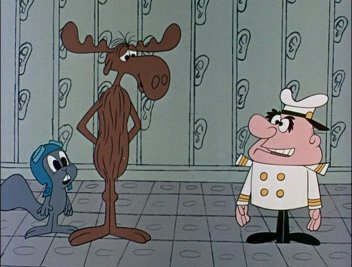
Above from left to right: Rocky, Bullwinkle, and Captain Peter “Wrongway” Peachfuzz
Birwinken (population: 1,319) was first mentioned in 822 as “Wirinchova“.
In the 19th century, the village economy added animal husbandry….

(My wife is an animal?)
….to the traditional agriculture and fruit growing.

In 1878, a weaving firm and three embroidery factories provided 165 jobs.
However the decline of the textile industry in the 20th century and the village’s remoteness from Anywhere led to high levels of emigration.
As a result, the village never developed much industry and has remained a farmer’s hamlet.
In 1990, for example, 63% of the population worked in agriculture.
Above: Birwinken, Canton Thurgau
“It was only a matter of lucidly recognizing what had to be recognized, of dispelling extraneous shadows and doing what needed to be done….
There lay certitude.
There, in the daily round.
All the rest hung on mere threads and trivial contingencies.
You couldn’t waste your time on it.
The thing was to do your job as it should be done.”
(Albert Camus, The Plague)
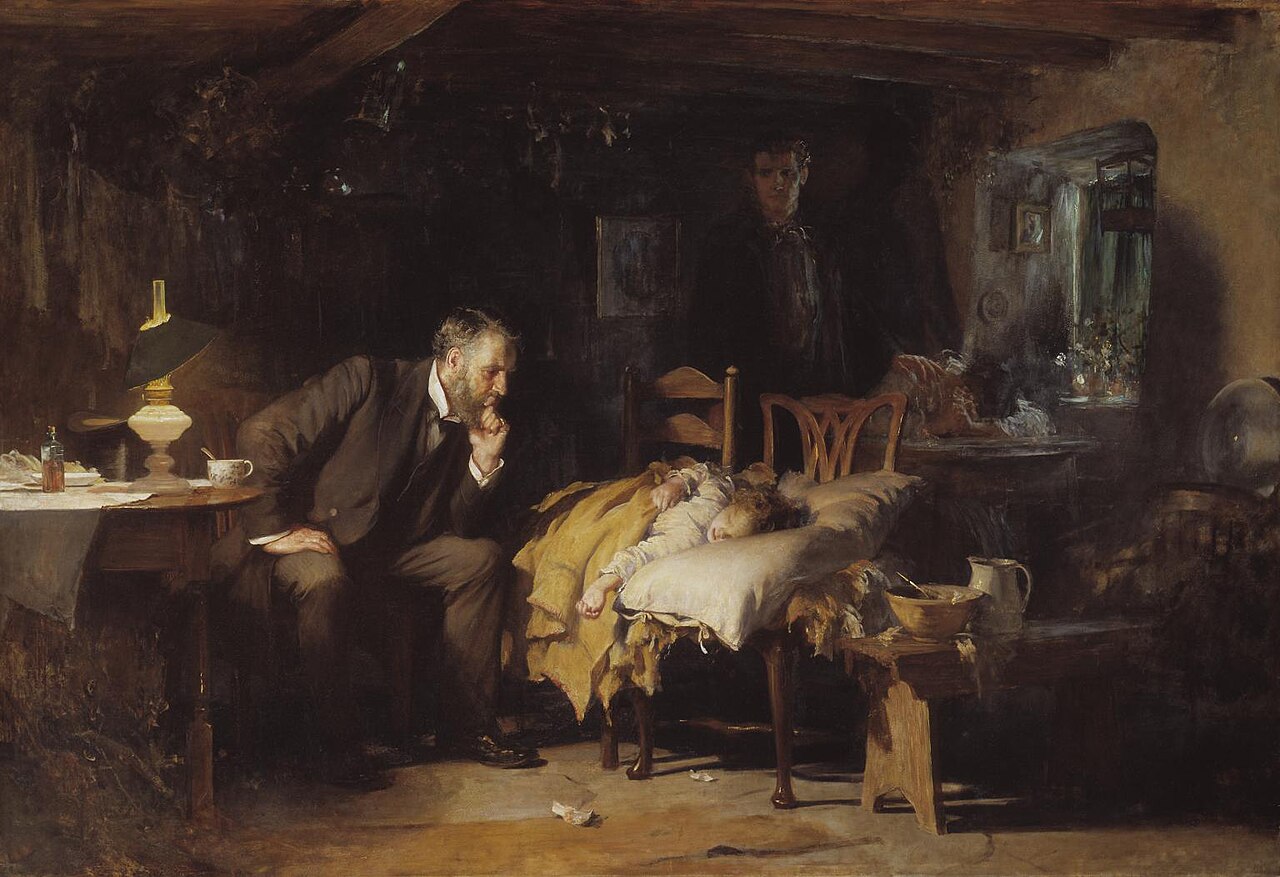
Above: The Doctor, Luke Fildes, 1891
What is an extremely interesting product of the village is native son Stefan Keller (b. 1958), a writer, journalist and historian.
Above: Stefan Keller
Keller is best known for:
- Die Rückkehr: Joseph Springs Geschichte (The Return: Joseph Spring’s Story)
The Berlin youth Joseph Sprung was chased through half of Europe by the Nazis.
He lived in Brussels, Montpellier and Bordeaux with false papers and worked as an interpreter without being recognized.
He survived invasions and rail disasters, but never kissed a girl when he fell into the hands of the Swiss border authorities in November 1943.
At the age of 16, the fugitive was handed over to the Gestapo by the Swiss border guards and denounced as a Jew.
He was transferred to the Auschwitz concentration camp via the Drancy collective warehouse near Paris.
Sixty years later, Joseph Sprung returned to Switzerland.
Today his name is Joseph Spring, he lives in Australia and demands the justice he deserves.
He accused the Swiss government of aiding and abetting genocide.
In a sensational trial, the Swiss federal court decided in 2000 that the extradition of a Jewish youth to the National Socialists can no longer be judged.
Joseph Spring had at least asked for symbolic reparation.
In November 2003, he returned to Switzerland to tell his story:
The story of a survivor who sued an entire country, went through a process to demand justice, lost it, and still has the last word.
- Die Zeit der Fabriken (The Age of Factories)
The worker Emil Baumann was already dead when his former superior Hippolyt Saurer died unexpectedly.
The whole of Arbon mourned the truck manufacturer Saurer.
At that time, almost all of Arbon mourned Baumann, for whom the workers in Saurer’s factory were responsible for his death.
Emil Baumann died shortly after an argument with his boss Saurer.

It is 1935 when everything starts with two deaths.
The young lathe operator Emil Baumann dies from suicide because his master harasses him and because he cannot cope with the new working conditions.
The college immediately went on strike.
Then the entrepreneur and engineer Hippolyt Saurer dies.
He choked on his own blood after an tonsil operation.
Based on the death of these two men, Stefan Keller tells the story of a small town in eastern Switzerland, its conflicts, triumphs and defeats.
The city of Arbon on the Swiss shore of Lake Constance is ruled by the “Reds” (by the Social Democrats, the left).
The Adolph Saurer AG factory was and still is legendary for its (military) trucks.

Above: Memorial to Franz, Adolph und Hippolyt Saurer, Arbon
Arbon is an example of many places in Switzerland:
The time of the factories is also a history of the Swiss industry and workers’ movement.
Starting with the motor carriages of the Wilhelminian era to the Saurer gasification trucks of the National Socialists, from the big strikes after 1918 to the dismantling of almost all jobs in the 1990s and from the resistance of an editor against censors in the Second World War to the union’s «fight against» against foreign colleagues.
- Grüningers Fall (The Grüninger Case)
A historical report about the St. Gallen police captain Paul Grüninger, who in the 1930s, according to his conscience and not in accordance with the law, saved the lives of numerous Jews.
The facts:
In 1938/1939, Grüninger saved the lives of hundreds, if not thousands, of Austrian, Jewish refugees by providing them with the wrong papers and thus enabling them to enter Switzerland legally.
He was suspended from duty due to breach of official duties and falsification of documents.
He was severely fined for his conduct and sentenced to prison.
The book aims to make it clear that today it was not Grüninger who would have to sit on the dock, but the inhumane refugee policy of the Swiss government during the Nazi era.
The book was made into a film in 1997 based on a screenplay by Stefan Keller and directed by Richard Dindo with Keller’s expert advice.
- Maria Theresia Wilhelm: Spurlos verschwunden (Maria Theresia Wilhelm: Disappeared without a trace)
In the mid-1930s Maria Theresia Wilhelm met the Swiss mountain farmer and gamekeeper Ulrich Gantenbein, who subsequently left his first wife.
From the beginning Maria and Ulrich’s marriage suffered from official regulations.
Ulrich is admitted to a psychiatric clinic shortly after their marriage.
Maria is barely tolerated by the neighbourhood.
Eventually she too comes to a psychiatric clinic and there experiences inhumane therapy methods from today’s perspective.
Her seven children are torn away, placed in orphanages and put to work.
Maria is finally released in June 1960.
On the way to buy shoes, she disappears without a trace….
“Rieux asked Grand if he was doing extra work for the Municipality.
Grand said No.
He was working on his own account.
“Really?”, Rieux said, to keep the conversation going.
“And are you getting on well with it?”
“Considering I’ve been at it for years, it would be surprising if I wasn’t.
Though, in one sense, there hasn’t been much progress.”
“May one know” – the doctor halted – “what it is that you’re engaged on?”
Grand put a hand up to his hat and tugged it down upon his big, protruding ears, then murmured some half-inaudible remark from which Rieux seemed to gather that Grand’s work was connected with “the growth of a personality”.”
(Albert Camus, The Plague)
Bürglen Bound
Next town Google leads us to is Bürglen (population: 3,841), first mentioned in 1282 as “Burgelon“.
Even though the village was fortified around 1300, it was never considered a city, due to the decline of its owner, the Baron of Sax-Hohensax, and from other neighbouring villages.
After the disastrous fire of 1528, the villagers went into debt for the reconstruction of Bürglen.
To help pay off their debt, in 1540 they granted the nobility rights to St. Gallen.
Under St. Gallen, Bürglen lost most of its autonomy.
St. Gallen appointed the bailiff and the chairman of the Lower Court, promoted the settlement of its citizens to form a local elite and change the succession order of inheritances.
Despite this, the local farmers enjoyed a certain independence.
In the 17th century, they promoted the expansion of the Castle as well as the creation of new businesses.
This relative prosperity was followed in the 18th century by a government practice that hindered the formation of viable village government and led to general impoverishment.
Above: Bürglen, Canton Thurgau
Power mattered more than people.
A problem eternal and universal.
Worth seeing is the Bürgeln Castle, the old quarter and the Reformed Church.

Above: Bürglen Castle
Of notable personalities connected to Bürgeln, it was home to artists Gottlieb Bion (1804 – 1876), Fritz Gilsi (1878 – 1961) and Jacques Schedler (1927 – 1989) as well as the writer Elisabeth Binder (b. 1951).
I haven’t read Ms. Binder’s work as yet, but the titles sound appealing…..
- Der Nachtblaue (The Night Blue)
- Sommergeschicht (Summer Story)
- Orfeo
- Der Wintergast (The Winter Guest)
- Ein kleiner und kleiner werdender Reiter: Spurren einer Kindheit (A rider getting smaller and smaller: Traces of a childhood)

Above: Elisabeth Binder
Ever south and east the long and winding road continues….

“Cottard was a silent, secretive man, with something about him that made Grand think of a wild boar.
His bedroom, meals at a cheap restaurant, some rather mysterious comings and goings . these were the sum of Cottard’s days.
He described himself as a traveller in wines and spirits.
Now and again he was visited by two or three men, presumably customers.
Sometimes in the evening he would go to a cinema across the way.
In this connection Grand mentioned a detail he had noticed – that Cottard seemed to have a preference for gangster films.
But the thing that had struck him most about the man was his aloofness, not to say his mistrust of everyone he met.”
(Albert Camus, The Plague)

Above: Nighthawks, Edward Hopper, 1942
Few Words for Wuppenau
Wuppenau (population: 1,111) was first mentioned in 820 as “Wabbinauwa” and is primarily an agricultural community.
Above: Wuppenau, Canton Thurgau
(It is funny how so many of the original names seem similar to those of the Original Peoples of the Americas.
Or akin to something Elmer Fudd might say about wascally wabbits.)

“….and that’s all I have to say about that.”

We are now in Canton St. Gallen and the city of Wil (pronounced “ville”).
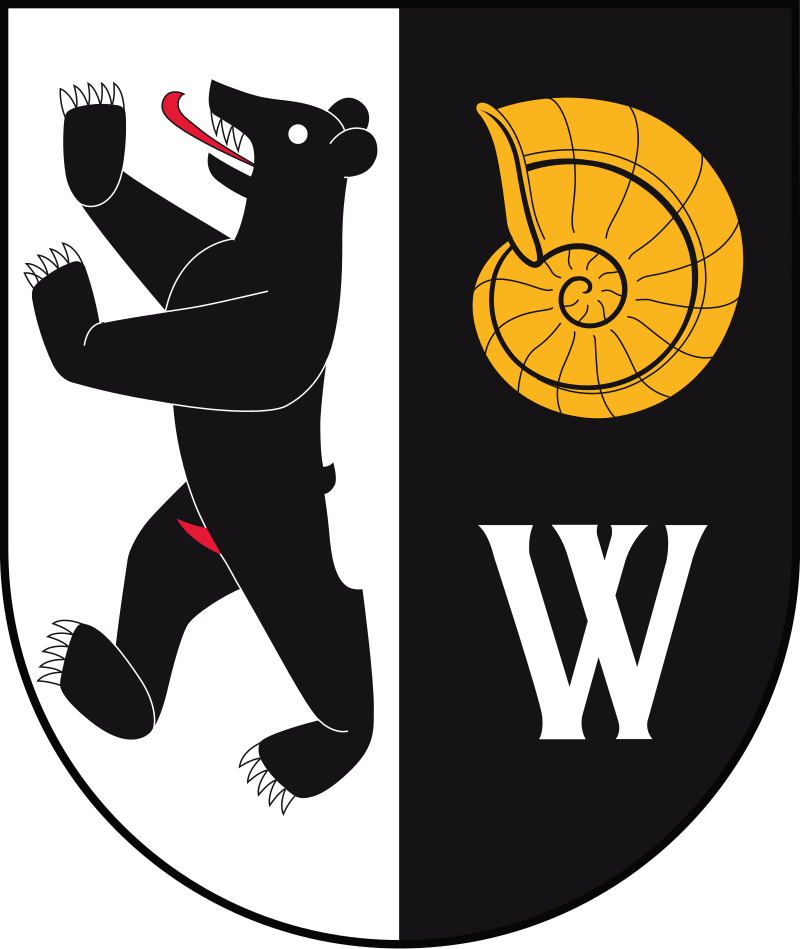
Above: Coat of arms of Wil, Canton St. Gallen
The Word Pump and the Swan Song of Wil
“I have the same idea with all my books: an attempt to come close to the core of reality, the structure of reality, as opposed to the merely superficial.
The realistic novel is remote from art.
A novel should heighten life, should give one an illuminating experience.
It shouldn’t set out what you know already.
I just muddle away at it.
One gets flashes here and there, which help.
I am not a philosopher or an intellectual.
Practically anything I have done of any worth I feel I have done through my intuition, not my mind.” (Patrick White)
There are times in a man’s life when he simply must ask for assistance and my trying to convey to you an accurate mental image of Wil may require the services of an expert.

Above: Wil Castle
Ask Fred.
Fred Mast, excuse me, Professor Dr. Mast.
Born and raised in Wil, Fred is a full professor at the University of Bern, specialized in mental imagery, sensory motor processing and visual perception.
Perhaps he is one of the few folks who can truly answer the question:
“Do you see what I see?”
Above: Dr. Fred Mast
I mean, Fred should know, he has been educated and worked at universities esteemable, such as Zürich, the Federal Institute of Technology (ETHZ)(Switzerland’s equivalent to MIT), Harvard, MIT, Lausanne and Bern.
Some of his published papers suggest he does know what he is talking about:
- Visual mental imagery interferes with allocentric orientation judgments
- Visual mental images can be ambiguous
- Mental images: always present, never there
Thanks, Dr. Fred, for demystifying the fuzzification.
Let me say for the record that as a place to visit I have always liked Wil….
But as a place to work….not as much.
Wil (population: 23,955), today the 3rd biggest city in Canton St. Gallen, was founded around 1200 and was handed over by the Counts of Toggenburg to the Abbey of St. Gallen in 1226.
(Look, Ma! Look at what I founded!)

Disputes between the Abbey and Habsburg King Rudolf I (1218 – 1291) led to the destruction of Wil in 1292.
(If Rudolf couldn’t have Wil, then no one will?)
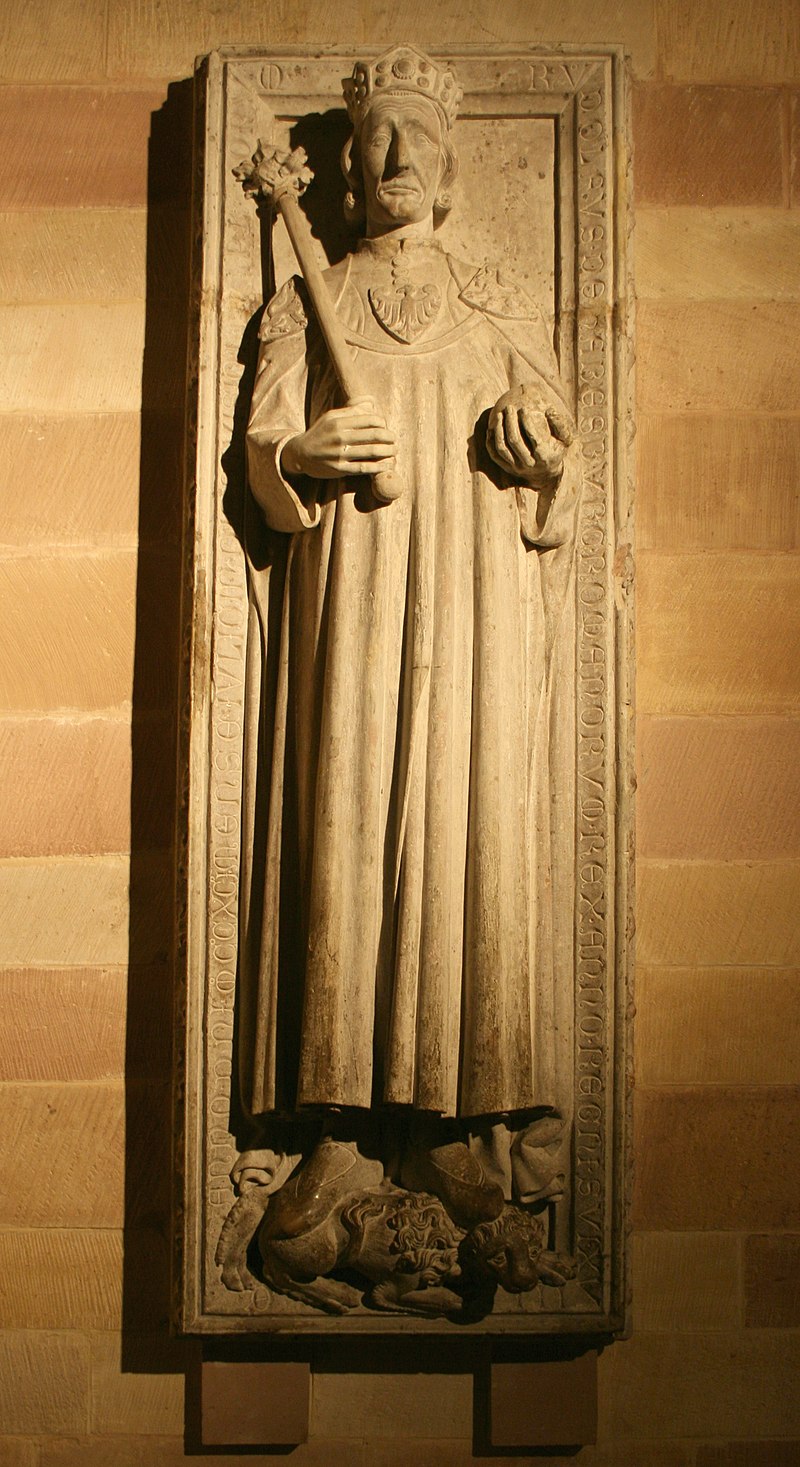
Above: Statue of Rudolf I, Speyer Cathederal, Germany
Wil was again besieged in the Old Zürich War in 1445 and yet again in the Toggenburg War in 1712.
On 1 January 2013, Susanne Hartmann became the first female mayor, not only of Wil-Bronschhofen, but in the entire canton of St. Gallen.
Hartmann announced her candidacy in April 2012.
Despite all forecasts the result of the elections was a landslide victory for Susanne Hartmann.
Despite (or perhaps because) the bus being driven by a woman, Will carries on.
Above: Her Honour Wil Mayor Susanne Hartmann
In addition to many small and medium-sized enterprises, Wil is also home to a number of large, some international, industrial firms, including Stihl, Larag, Camion Transport, Brändle, Heimgartner Fahnen, Schmolz & Bickenbach, Kindlemann….
So it stands to reason that a city of industry may attract schools to teach those in these industries.

Such was the Wil school (now defunct) where I taught.
It was, what we in the business of freelance teaching refer to as a “cowboy school“, an institution more interested in the school’s acquisition of money than in the students’ acquisition of an education.
It was one of those schools where parents sent their children who lacked either the capacity or the desire to learn.
A paid education in all senses of the word.
It was a nightmare to teach there.
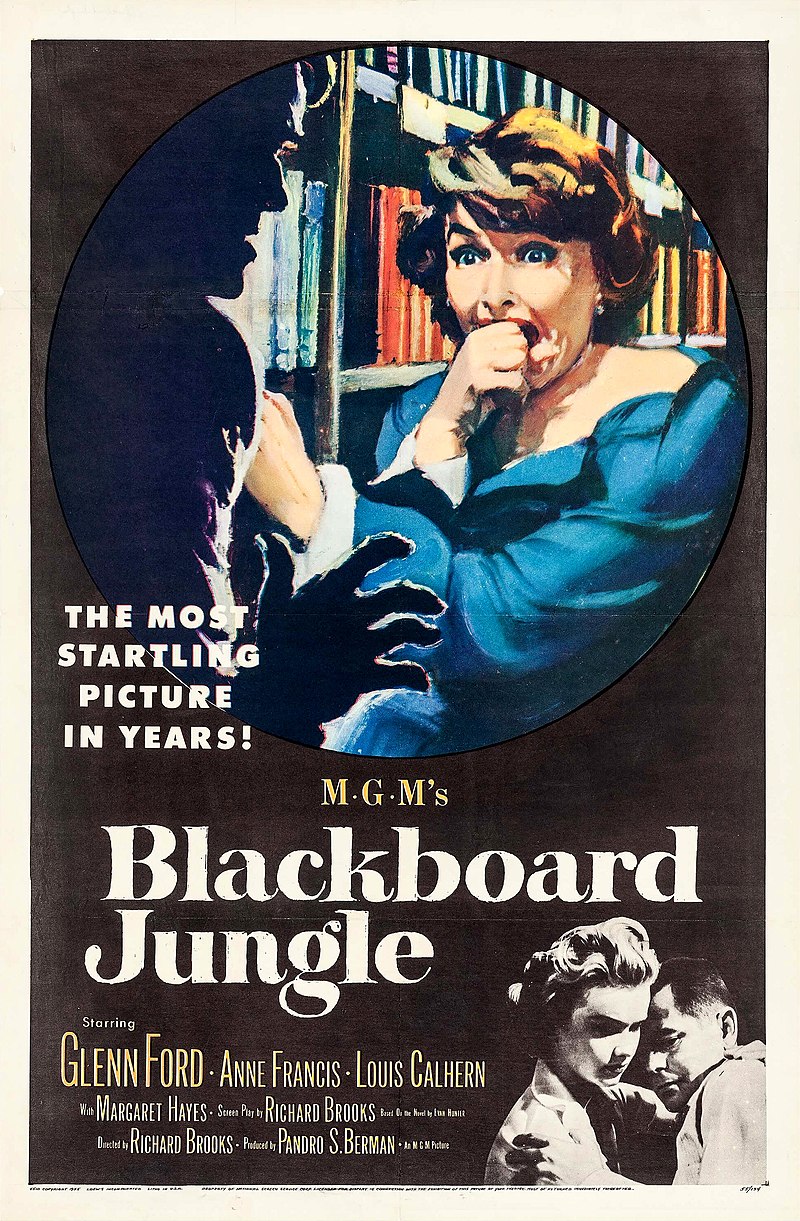
The students, best defined as “juvenile deliquents“ or “little criminal bastards“, would not do their assignments, stay off their damn phones, bring their textbooks to class, listen in class or stop talking to one another.
The worst of them brought out the worst in me, so it was to everyone’s mutual relief when we parted company.

Above: Student – Teacher Monument, Rostock, Germany
As for the city of Wil itself, putting aside my feelings towards my ex-employer now extinct, there is much that is positive to relate.
Wil is considered to be the best preserved city in Eastern Switzerland and best seen from afar standing atop the Stadtweiher (a hill with a pond overlooking Wil) overlooking the silhouette of the old quarter.
The pedestrian promenade from Schwanenkreisel (Swan Circle) towards the old quarter is the place where most of the shops are, including a farmer’s market every Saturday.

On 8 July 2006, the 37-metre high Wiler Tower was inaugurated on the Hofberg (the mountain above Wil).
It is a wooden structure with a double spiral staircase and three X supports.
It is worth the climb for the view, if not for the exercise.
Around 180 kilometres of hiking trails are signposted around Wil.
The almost 33 kilometres long Wilerrundweg (Wil Circle Path)….
(Safer than a cycle path?)
….was established in 2013.
Above: The Kissing Bench
The 87-kilometre Toggenburger Höhenweg (high road) starts in Wil and leads to Wildhaus via Mühlrüti, Atzmännig and Arvenbüel.
The Thurweg passes near Wil at Schwarzenbach (black creek), following the Thur River from Wildhaus to Rüdlingen where it meets the Rhine River in Canton Schaffhausen.
Worth seeing in Wil are the Maria Hilf Wallfahrtskirche (Mary of Charity Pilgrim Church), the Abbey Castle, the St. Katarina Dominican and the Capuchin Cloisters, the Courthouse, Ruddenzburg (Ruddenz Castle), St. Niklaus and St. Peter Catholic Churches, the old Guardhouse, the City Archive, the Schnetztor gate, the City Museum (open on weekends from 2 to 5 pm), the psychiatric clinic (ask, in vain, for Dr. Fred) and the former Hurlimann tractor factory.
Wil has the Challer Theatre, the Kunsthalle (art hall), the Tonhalle (concert hall) and the Remise (for more modern music), but excepting these cultural remnants the young generally don’t party here if they can get away to Zürich.
“The room was in almost complete darkness.
Outside, the street was growing noisier and a sort of murmur of relief greeted the moment when all the street lamps lit up, all together.
Rieux went out on to the balcony and Cottard followed him.
From the outlying districts – as happens every evening in our town – a gentle breeze wafted a murmur of voices, smells of roasting meat, a gay perfumed tide of freedom sounding on its ways, as the streets filled up with noisy young people released from shops and offices.
Nightfall with its deep remote baying of unseen ships, the rumour rising from the sea and the happy tumult of the crowd – that first hour of darkness which in the past had always had a special charm for Rieux – seemed today charged with menace, because of all he knew.”
(Albert Camus, The Plague)
Above: Oran, Algeria
Of the many famous people native to Wil, noteworthy (by Swiss standards) are the filmmaker Max Peter Ammann (b. 1929) and the TV star Kurt Felix (1941 – 2012).
Above: Max Peter Ammann
Above: “When I must go, I will leave a happy man.”
Daniel Imhof (b. 1977), the Swiss son of a Smithers (British Columbia) bush pilot, is a retired footballer from Canada’s national soccer team and now resides in Wil.
“I think to myself:
I have finally gotten so impossible and unpleasant that they will really have to do something to make me better….
They have no idea what a bottomless pit of misery I am….
They do not know that this is not some practice fire drill meant to prepare them for the real inferno, because the real thing is happening right now.
All the bells say:
Too late.
It’s much too late and I’m so sure that they are still not listening.”
(Elizabeth Wurtzel, Prozac Nation)

Of human interest is the story of Wil native, the opera singer Anna Sutter (1871 – 1910).
Her brief affair with royal Württemberg court conductor Aloys Obrist proved to be fatal.
After she ended their two-year relationship in 1909, Obrist entered her Stuttgart apartment on 29 June 1910 and killed her with two pistol shots before taking his own life.

Sadly, Anna is best remembered for how she died than for how she lived.
“Cows are individuals, as are sheep, pigs and hens, and, I dare say, all the creatures on the planet however unnoticed, unstudied or unsung.
Certainly, few would dispute that this is true of cats and dogs and horses.
When we have had occasion to treat a farm animal as a pet, because of illness, accident or bereavement, it has exhibited great intelligence, a huge capacity for affection and an ability to fit in with an unusual routine.
Perhaps everything boils down to the amount of time spent with any one animal – and perhaps that is true of humans too.”
(Rosamund Young, The Secret Life of Cows)

Also worth mentioning is the writer René Oberholzer (b. 1963), who has been teaching in Wil (in a non-cowboy school it is hoped) since 1987.
He began writing poetry in 1986 and prose in 1991.
(I must confess my rural roots and prejudices appear when I find myself asking:
Do real men write (or even read) poetry?
I believe they do, but whether the fine folks in Argenteuil County in Canada feel that way is debatable.)
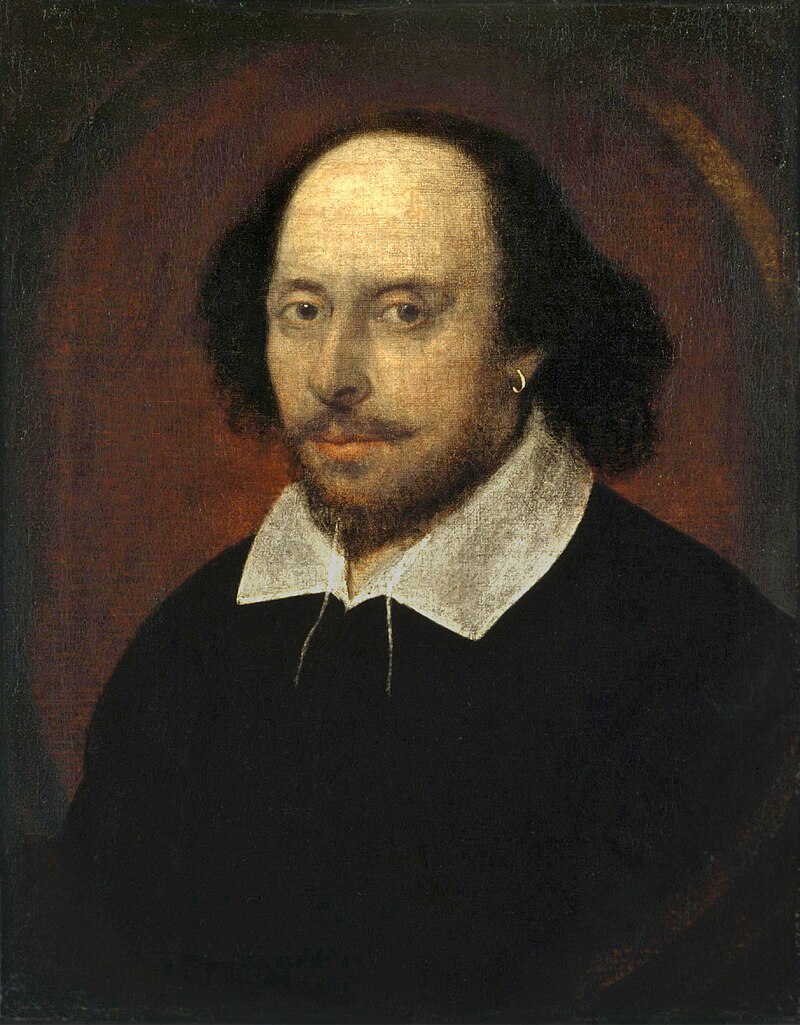
Above: William Shakespeare (1564 – 1616)
Oberholzer founded the Höhenhöhe (higher heights) writers group in 1991.
As founding can be addictive, the following year he then founded the literary experimental group Die Wortpumpe (the Word Pump) together with his colleagues (co-conspirators?) Aglaja Veteranyi and Gabriele Leist.
He is a member of several author associations.
His work has been mainly published in anthologies, literary and online magazines.
He is best known for:
- Wenn sein Herz nicht mehr geht, dann repariert man es und gibt es den Kühen weiter: 39 schwarze Geschichten (When his heart stops beating, repair it and give it to the cows: 39 dark tales)
- Ich drehe den Hals um – Gedichte (I turn my stiff neck: Poems)
- Die Liebe würde an einem Dienstag erfunden (Love was invented on a Tuesday)
- Kein Grund zur Beunruhigung – Geschichten (No reason to panic: Stories)
As my wife and I are married (no reason to panic) and it was a Thursday (as love only visits Wil on Tuesdays), we faithfully follow fatalistic Google Maps, and continue on to….
“Why is it that one can look at a lion or a planet or an owl or at someone’s finger as long as one pleases, but looking into the eyes of another person is, if prolonged past a second, a perilous affair?”
(Walker Percy)

Above: Walker Percy (1916 – 1990)
Restful Rickenbach
Rickenbach (population: 2,774), first mentioned in 754 as “Richinbach“.
After the end of the crop rotation system in the 19th century livestock and dairy farming became the major sources of income.
A mill, built in the 13th century, was expanded in 1919 to become Eberle Mills, which operated until 2000.
The Eschmann Bell Foundry existed until 1972.
After the construction of the A1 motorway and the growth of Wil, by 1990 the population of Rickenbach had doubled.
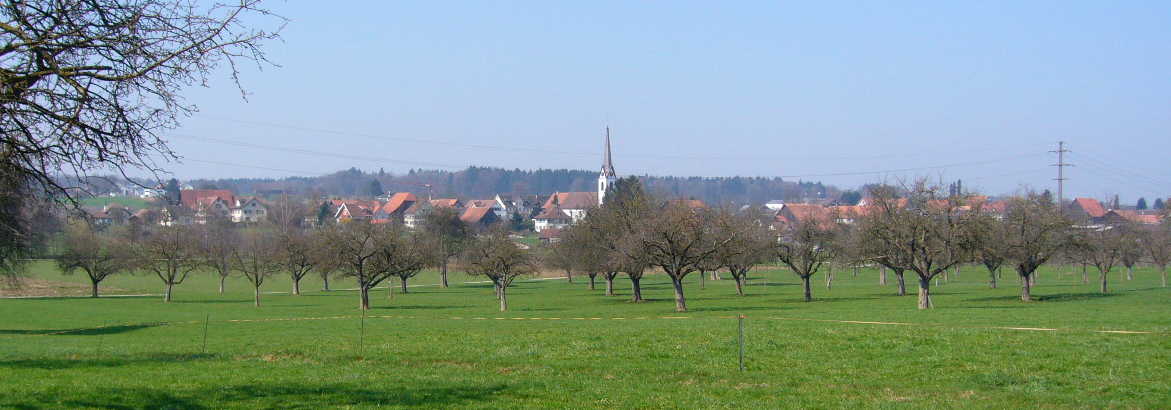
Above: Rickenbach
A bridged Lütisburg
“When a war breaks out people say:
“It’s too stupid. It can’t last long.”
But though a war may well be ‘too stupid’, that doesn’t prevent its lasting.
Stupidity has a knack of getting its way.
As we should see if we were not always so much wrapped in ourselves.
In this respect our townsfolk were like everybody else, wrapped up in themselves.”
(Albert Camus, The Plague)
Lütisburg (population: 1,576), though smaller than Rickenbach, is far more interesting to the casual visitor.
It is first mentioned on 1214 as “Luitinsburch“.

Above: Lütisburg coat of arms
The Castle, built in 1078 by the Abbey of St. Gallen, was abandoned by the Abbey a short time later, but due to the Castle’s strategically important location, it became the headquarters of the Counts of Toggenburg from the 13th to the 15th centuries.
After the Abbey acquired the County of Toggenburg in 1468, the Castle served as a bailiwick.
In the 19th century, alongside agriculture, ironworks, copper hammering and manufacturing dominated.
The train station has existed since 1870.

Above: Lütisburg, 1700
Lütisburg’s townscape is characterized by bridges and footbridges, including the Letzi Bridge (1853), the Guggenloch Railway Viaduct (1870) and the “new” Thur Bridge (1997).
The covered wooden bridge (1790) over the Thur River, on the cantonal road to Flawil, was used for car traffic until 1997.
Upon the wooden Letzi Bridge, the hiking trail to Ganterschwil crosses the Neckar River.

The nearby hamlet of Winzenburg with its Winzenberger Höhe (heights) (836 m) is a popular destination with local lovers of landscape.
Lütisburg’s claim to fame, beside its bridges, lies with the two brothers Germann….
“War of any kind is abhorrent.
Remember that since the end of World War II, over 40 million people have been killed by conventional weapons.
So, if we should succeed in averting nuclear war, we must not let ourselves be sold the alternative of conventional weapons for killing our fellow man.
We must cure ourselves of the habit of war.”
(Patrick White)
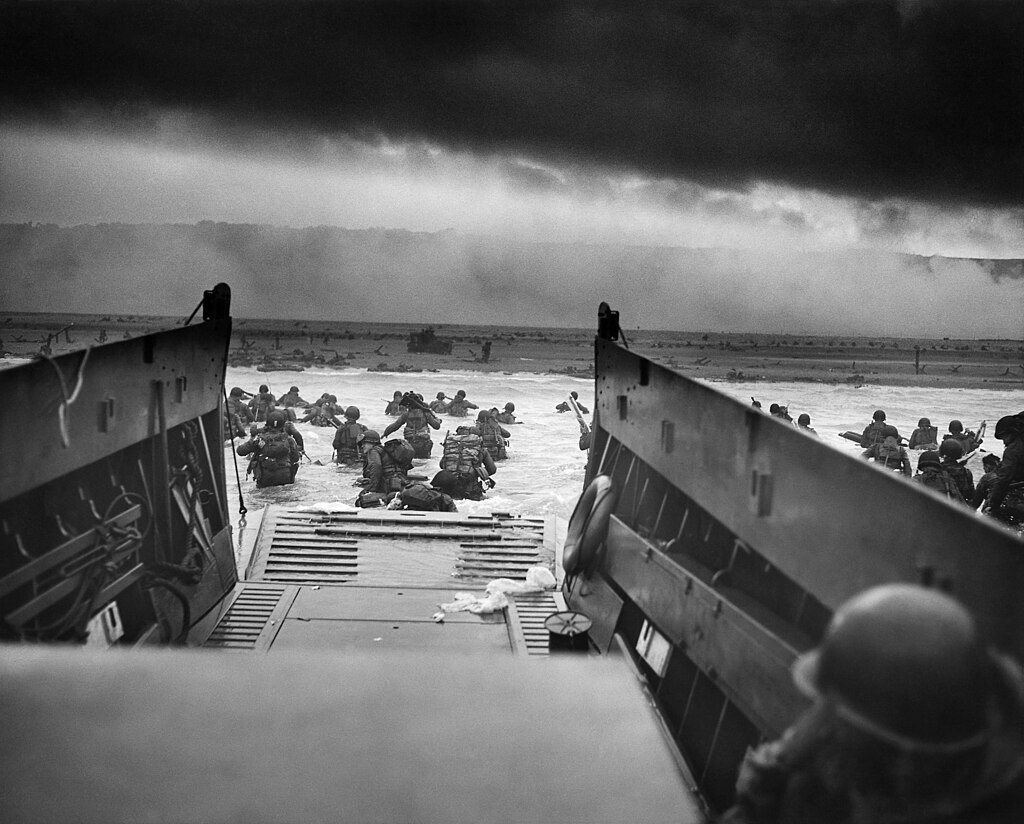
Kilian Germann (1485 – 1530) was the son of Johannes Germann, the Chief bailiff of Lütisburg, and brother of the mercenary leader (and later bailiff) Hans Germann (also known as the Batzenhammer) and Gallus Germann (also chief bailiff of Lütisburg).
Kilian was governor in Roschach (1523 – 1528) and in Wil (1528 -1529).
In 1529, Kilian was elected to be the next Prince-Abbot of St. Gallen in Rapperswil.
After his confirmation by Pope Clement VII (1478 – 1534), Kilian was also proposed for this position to Emperor Charles V (1500 – 1558) who confirmed him in February 1530.

Above: Coat of arms of Kilian Germann
But life often thwarts the best-laid plans….
“What I am interested in is the relationship between the blundering human being and God.
I belong to no church, but I have a religious faith.
It is an attempt to express that, among other things, that I try to do.
Whether he confesses to being religious or not, everyone has a religious faith of a kind.
I myself am a blundering human being with a belief in God who made us and we got out of hand, a kind of Frankenstein monster.
Everyone can make mistakes, including God.
I believe that God does intervene.
I think there is a Divine Power, a Creator, who has an influence on human beings if they are willing to be open to Him.”
(Patrick White)
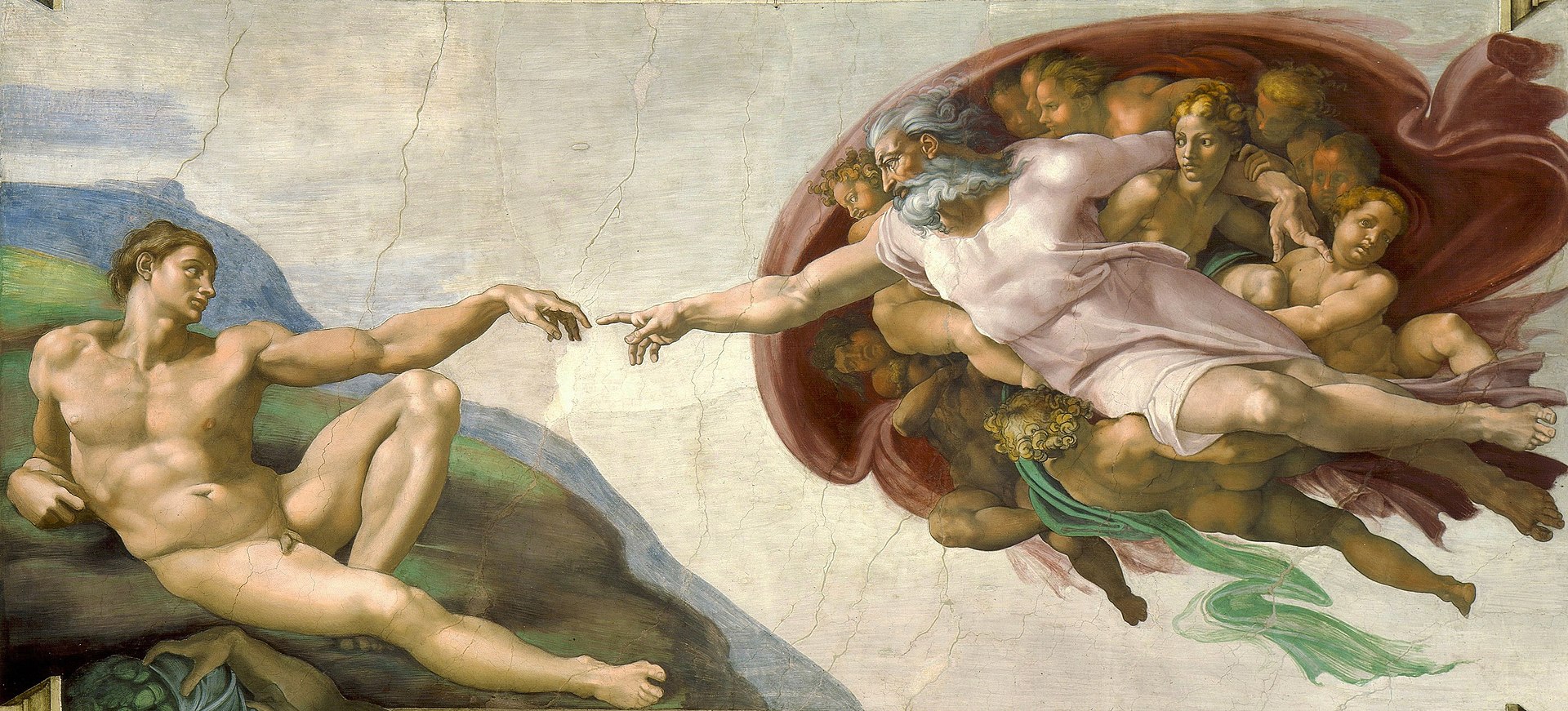
Above: Creation of Adam, Michelangelo, Sistine Chapel, Vatican City
Prince-Abbot Kilian fled to Meersburg (on the German side of Lake Constance) in 1529 after the outbreak of the First Kappel War.
From February 1530, Kilian lived at Wolfurt Castle near Bregenz (on the Austrian part of Lake Constance).
Above: Wolfurt Castle
In exile, Kilian nonetheless cultivated his social network with the southern German nobility in order to secure political pressure on the reformed movement on the Prince-Abbot’s lands, which did not escape the attention of his enemy, the reformer Vadian.
Above: Vadian statue, St. Gallen
In 1530, Kilian represented the Abbey of St. Gallen at the Council of Basel.
In July, he visited the Augsburg Reichstag (government).
It looked like Kilian’s fading star was beginning to shine once more.
That same year of his visits to Basel and Augsburg, returning to Bregenz after a visit to the Earl of Montfort, Kilian drowned when his horse fell into the Bregenz Ach (stream).
He was buried in the Mehrerau Monastery near Bregenz.

“Discipline is the soul of an army.
It makes small numbers formidable, procures success to the weak and success to all.”
(George Washington)
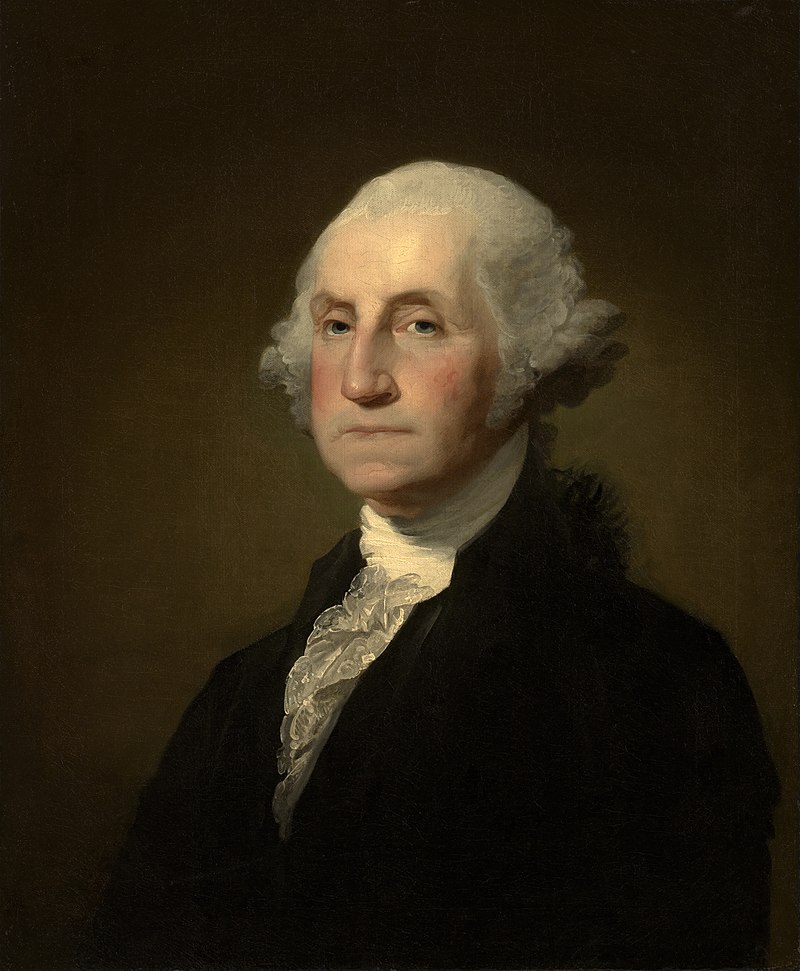
Above: George Washington (1730 – 1799)
Hans Germann (1500 – 1550), Kilian’s younger brother, was an officer in the service of the French Crown for many years.
After returning home, Hans supported his brother Kilian during the turmoil of the Reformation.
Contemporaries described Hans as “a firm, brave, but rough, frivolous journeyman, who had sold many of his fellow countrymen to France for boring gold.”

Above: Coat of arms of Captain Hans Germann, Kreuzenstein Castle, Austria
I guess we find both sinners and saints in every family and in every community.
The socially disadvantaged of Ganterschwil
“In my books I have lifted bits from various religions in trying to come to a better understanding.
I have made use of religious themes and symbols.
Now, as the world becomes more pagan, one has to lead people in the same direction in a different way.”
(Patrick White)

Down the road (so to speak) is the village of Ganterschwil (population: 1,186).
It is first mentioned in 779 as “Cantrichesuilare“.
(Try saying that five times fast….)
Above: Parish church, Ganterschwil, Canton St. Gallen
Grain and oats were grown and processed in three mills here.
From the 18th century, contract weaving became important.
Small textile factories developed from family businesses.
In the 19th century, the livestock and dairy indutries replaced grain cultivation.
After the crash in the textile industry in 1918, only smaller companies could be built.
In 2000, around half of the working population was employed in the service sector.

Above: Coat of arms of Ganterschwil
The Home for Socially Disadvantaged Children, founded in 1913 by Reformer Pastor Alfred Lauchener, developed into the Centre for Child and Adolescent Psychiatry Sonnenhof.
Above: Centre for Child and Adolescent Psychiatry Sonnenhof, Ganterschwil
In Ganterschwil, there are many small businesses that offer jobs.
The best-known is the Berlinger Company, which was active in tape production.
Today it plays a leading role in the production of doping control systems, in the form of counterfeit-proof sample glasses.
In the parish church there are frescoes from the Middle Ages discovered and restored in 1941 and now under the protection of the Swiss Confederation.
Ganterschwil is a place difficult to define.
Is it the past?
The future?
What is it now?

The Beautiful Minds of Lichtensteig
Lichtensteig (population: 1,870) is first mentioned in 1228 and was founded by the Counts of Toggenburg as “Liehtunsteige“.
A market is mentioned in 1374 and the right to hold markets was confirmed in 1400.
A letter of privileges issued by the Lords of Raron (1439) confirms the existence of 12 burghers and the appointment of judges by the burghers and the Lords.
After the acquisition of the Toggenburg by St. Gallen Abbey in 1468, Lichtensteig became the seat of the Abbot’s reeve.
The council declared Lichtensteig’s support for the Reformation in 1528.
The sole church at this time was shared by both Reformed and Catholic believers, while their schools were kept separate until 1868.
Lichtensteig’s importance as a market town increased in the 19th century with the development of the textile home working industry in the Toggenburg.
In the early 20th century, there were six yearly markets and a weekly livestock market.
Lichtensteig’s connection to the railroad dates to 1870.

Above: Lichtensteig, Canton St. Gallen
I don’t quite know how to say this politely, so I will say it directly.
It seems the further south one travels in Deutschschweiz, the smarter people seem to be.
Thurgau is blood, sweat, tears and toil.
Thurgau is always in the middle of things, between two places but belonging to neither.
Wars of religion and between nations have been fought here for centuries.
Tourists do not linger in Thurgau but traverse it en route to places deemed more interesting.
This is farm country, a land of labour and pragmatism, where poets party in private homes but never parade themselves in political protest processions.

Above: Coat of arms of Canton Thurgau
St. Gallen, both city and canton especially the City itself, bears the scent of incense, the stains on a faithful shroud, the remnants of religious rule.

Above: Coat of arms of Canton St. Gallen
St. Gallen is reminiscent of (Giovanni Bocaccio’s Decameron) Ceppello of Prato, who after a lifetime of evil, hoodwinks a holy friar with a deathbed confession and comes to be venerated as St. Ciappelletto, except in reverse with the holy friar hoodwinking the world into venerating it as holier than it could have been.
Granted that the St. Gallen Abbey Library is truly worthy of its UNESCO designation as “an outstanding example of a large Carolingian monastery and was, since the 8th century until its secularisation in 1805, one of the most important cultural centres in Europe”.
The library collection is the oldest in Switzerland, and one of earliest and most important monastic libraries in the world.
The library holds almost 160,000 volumes, with most available for public use.
In addition to older printed books, the collection includes 1,650 incunabula (books printed before 1500), and 2,100 manuscripts dating back to the 8th through 15th centuries – among the most notable of the latter are items of Irish, Carolingian, and Ottonian production.
These codices are held inside glass cases, each of which is topped by a carved cherub offering a visual clue as to the contents of the shelves below – for instance, the case of astronomy-related materials bears a cherub observing the books through a telescope.
Books published before 1900 are to be read in a special reading room.
The manuscript B of the Nibelungenlied (The Song of the Nibelungs, an epic poem written around 1200, the first heroic epic put into writing in Germany, helping to found a larger genre of written heroic poetry) is kept here.
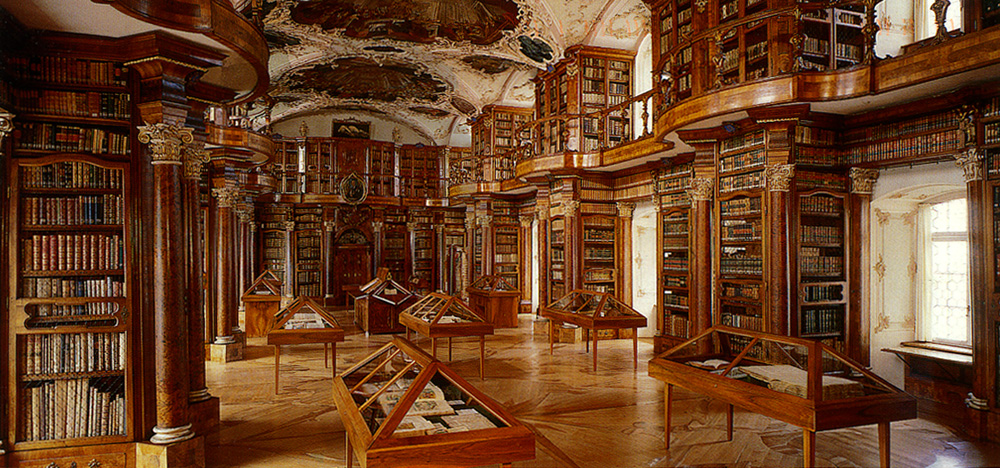
Above: St. Gallen Abbey Library
Granted that the University of St. Gallen (“from insight to impact“) is, according to international rankings, considered among the world’s leading business schools.

But, my view of the city of St. Gallen is coloured by my experience, which has meant a working man’s life split between teaching at private schools similar to the cowboy outfit of Wil and formerly working as a Starbucks barista.
Neither side seems reflective of St. Gallen’s intellectual potential.

Above: Old houses, St. Gallen
(To be fair, people don’t actually hate places.
They hate their experiences of places.)
The two half-cantons of Appenzell Innerrhoden and Appenzell Ausserrhoden have, over time, perhaps without justification, become the butt of many a joke from the rest of Switzerland when one seeks a place to label as backwards.

Above: Coat of arms of the half-cantons of Appenzell
To be fair to the comedians, Appenzell still has elections where folks line up in the town square to cast their votes by raising their arms to show their assent and it was the last place in the nation to give women the right to vote.

Farmers still lead their cattle in great processions through towns to Alpine pastures in springtime and back again when winter threatens.

As one travels from Thurgau south towards Ticino one senses a change in spirit.

Already we have encountered a village that fostered the growth of a Pulitzer Prize-deserving journalist and we have traversed towns of castles and artists, of epic tales and bridges over troubled waters.
But it is here in Lichtensteig where the air becomes rarified, where farmers think and plowmen wax poetic.
“The time has come when scientific truth must cease to be the property of the few, when it must be woven into the common life of the world.” (Louis Agassiz)
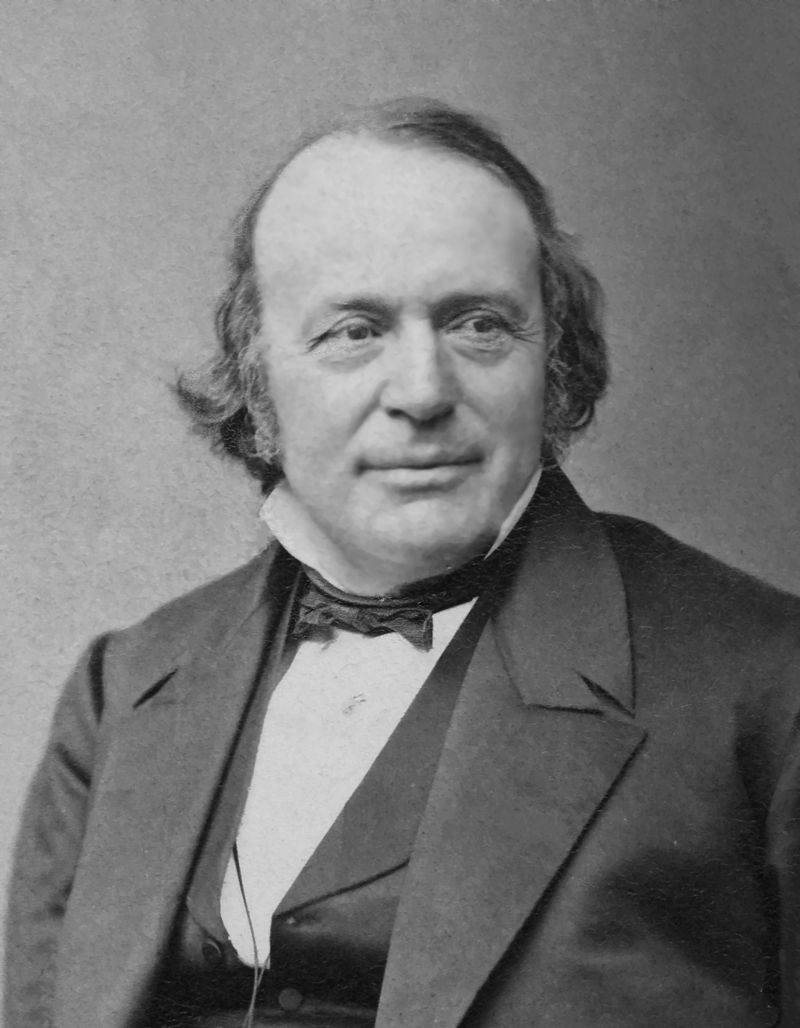
Above: Louis Agassiz (1807 – 1873)
Jost Bürgi (1552 – 1632) is probably the kind of man Agassiz had in mind.
Lichtensteiger Bürgi was a Swiss clockmaker, a maker of astronomical instruments and a mathematician.
Although an autodidact (he taught himself), Bürgi was already during his lifetime considered one of the most excellent mechanical engineers of his generation (think of a Da Vinci or an Edison).
Bürgi’s employer, William IV (1532 – 1592), the Landgrave of Hesse-Kessel, in a letter to Tycho Brahe (1542 – 1601)(Denmark’s greatest astronomer) praised Bürgi as “a second Archimedes” (287 – 212 BC).
The lunar crater Byrgius (the Latin form of Bürgi) is named in this Lichtensteiger’s honour.

Above: Portrait of Jost Bürgi
Another thinking man from Lichtensteig was Augustine Reding (1625 – 1692), a Benedictine, the Prince-Abbot of Einsiedeln Abbey and a respected theological writer.
At Einsiedeln, Reding organized the construction of the Abbey’s choir, confessional and the Chapel of St. Magdalena.
In 1675, Einsiedeln took charge of the college at Bellinzona, which was conducted by the monks of the Abbey until their suppression in 1852.
Reding watched carefully over discipline of Abbey affairs and insisted on a thorough intellectual training of his monks.

Above: Einsiedeln Cloister, Canton Schwyz
Lichtenberger Johann Ulrich Giezendanner (1686 – 1738) learned the profession of goldsmithing in Toggenburg.
Through his parish priest Niklaus Scherrer and his friend August Hermann Francke in Halle, Giezendanner began to practice pietism.
Giezendanner was banished from Toggenburg on suspicion of pietism, because he threatened the authorities with the criminal judgment of God.
His threats led to an investigation by a pietist commission set up by the Council, in which the secular side had the majority.
As a result, Giezendanner was expelled without a trial in 1710.

And so he went to Zürich.
In 1714, Giezendanner began studying theology at the University of Marburg, heard lectures from Johann Heinrich Hottinger (1681 – 1750) and worked as a teacher in the Marburg orphanage.
Because Giezendanner preached on his own initiative in Marburg, he was expelled from the state of Hesse.

After a short stay in Heidelberg, he returned to eastern Switzerland and began to hold secret meetings in Bottinghoffen near Scherzingen, less than 10 klicks (Canadian for kilometres) from my Landschlacht driveway.

Above: Bottighofen Harbour
As a representative of the radical pietism in German-speaking Switzerland, he returned to Zürich until he was expelled from there for his preaching.
On 29 June 1716, Giezendanner’s most memorable sermon of inspiration was given at the country estate of Johann Kaspar Schneeberger in Engstringen (just outside Zürich), in which Giezendanner said:
“Hear now, my word, you stupid sticky clods of earth, where is your lie?
And so, hear, hear, heads of this place, you enter as gods and lords, but what kind of god you have for your rule, is it not with you all that you bring your belly to God?
With great arrogance to exclaim sins on the streets, when you walk on the streets, sin will take place and all of you will find it.”
Above: Engstringen, Canton Zürich
Unable to win friends and influence people in Switzerland, Giezendanner emigrated to America in 1734, working as a goldsmith in Charleston.
In 1736, he founded the first church of Toggenburger, Rhine Valley and Appenzell pietists in South Carolina’s Orangeburg County.
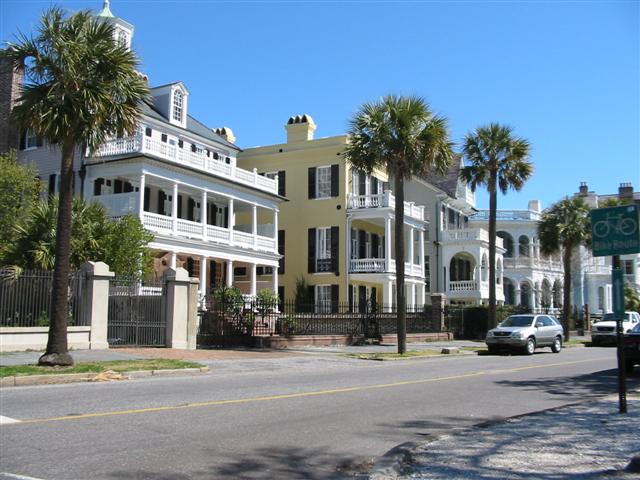
Above: Historic houses, Charleston, South Carolina, USA
It is a pity that those trained in the uncertainties of faith couldn’t be made responsible for the training of those who lead nations.
Perhaps a rigorous examination of our leaders’ intellectual and moral training might prevent the rise of demagogues and populists whose only qualification for power is their desire to dominate others.
Another man whose mind was a beautiful thing to behold was Max Rychner.
Max Rychner (1897 – 1965) was a writer, journalist, translator and literary critic.
Hannah Arendt (1906 – 1975), widely considered to be one of the most important political philosophers of the 20th century, called Rychner “one of the most educated and subtle figures in the intellectual life of the era“.
Rychner is considered, among other things, to be the discoverer of the poet Paul Celan (1920 – 1970), the publisher of the memoirs of Walter Benjamin (1892 – 1940), the editor-translator of philosopher-poet Paul Valéry (1871 – 1945), as well as being himself a poet, novelist and essayist.
Rychner is best known for:
- Freundeswort (Word of a friend)
- Die Ersten: Ein Epyllion (The first: an epyllion)(not sure what an epyllion is)
- Unter anderem zur europäischen Literatur zwischen zwei Weltkriegen (On European literature between two world wars)
- Arachne
- Bedelte und testierte Welt (Affirmed and certified world)
According to Wikipedia, Rycher’s “method of literary admiration, based on hermeneutic models, raised formal aesthetic criteria far beyond questions of content and meaning.”
I have no idea of what that means, but it sure sounds impressive.

Wikivoyage (German version only) recommends Lichtensteig for:
- the alleys and houses in the old quarter of the town

- the Toggenburger Museum (Sundays 1 – 5 pm)
- Fredy’s Mechanical Music Museum (last weekend of the months April to December at 3 pm / guided tours only / five-person minimum / CHF 14 per person)
- Erlebniswelt Toggenburg (Adventure World Toggenburg)(Wednesdays and weekends: 1030 to 1630)
(It’s a small world, after all.)
- Various sports facilities, including a climbing wall and an outdoor pool
- the Thurweg which wends through the town
- Jazz Days, with international jazz greats, annually
Travel as a Political Act
Now you may be wondering why I bother telling you all of this, explaining in painful prose what lies beneath the surface of places.
Travel guide writer Rick Steves said it best:
“Travel connects people with people.
It helps us fit more comfortably and compatibly into a shrinking world.
It inspires creative new solutions to persistent problems facing our nation.
We can’t understand our world without experiencing it.
There is more to travel than good-value hotels, great art and tasty cuisine.
Travel as a political act means the Traveller can have the time of his life and come home smarter – with a better understanding of the interconnectedness of today’s world and just how we fit in.”
Steves sees the travel writer of the 21st century like a court jester of the Middle Ages.

Above: Rick Steves
While thought of as a comedian, the jester was in a unique position to tell truth to power without being punished.
Back then, kings were absolute rulers – detached from the lives of their subjects.
The court jester’s job was to mix it up with people that the King would never meet.
The jester would play in the gutter with the riffraff.
Then, having fingered the gritty pulse of society, the true lifeblood of the Kingdom, the jester would come back into the court and tell the King the truth.
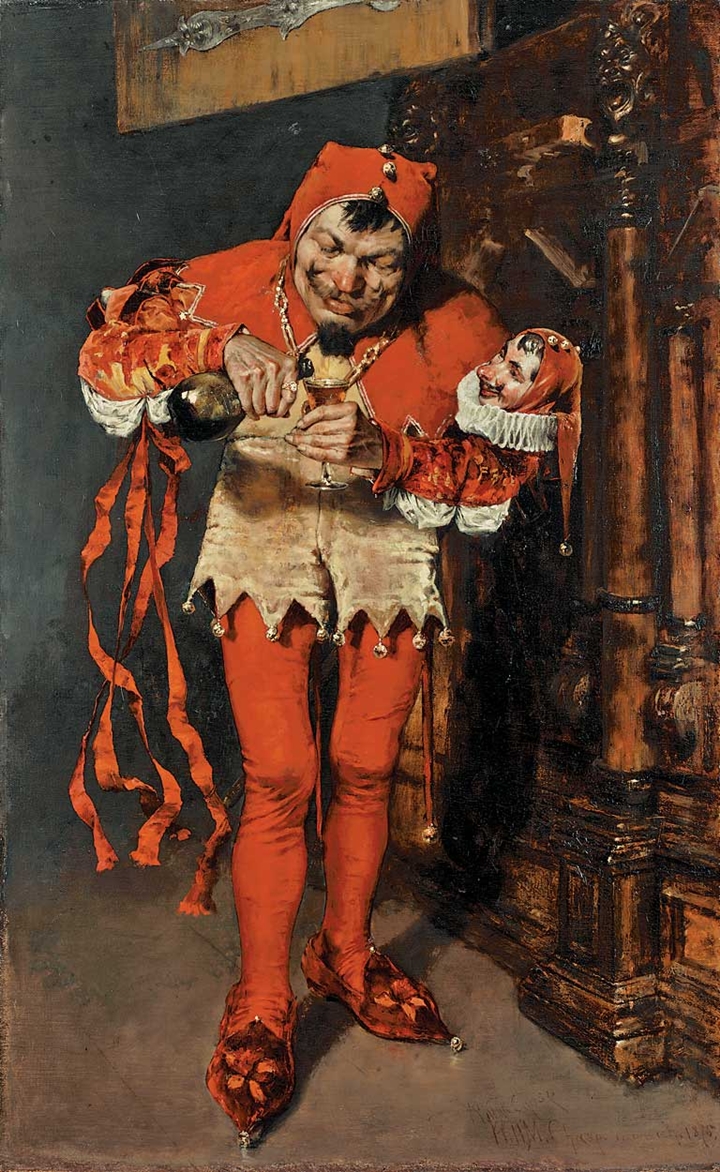
Above: “Keying Up” – The Court Jester, by William Merritt Chase, 1875.
“Your Highness, the people are angered by the cost of mead.
They are offended by the Queen’s parties.
The Pope has more influence than you.
Everybody is reading the heretics’ pamphlets.
Your stutter is the butt of many rude jokes.”

Is there not a parallel here between America and this Kingdom?
Comedians like Seth Meyers, Stephen Colbert and Trevor Noah are listened to more by the average American than the actual news these comedians parody.
For these jesters of 21st century television know the pulse of the nation far more accurately than do the mandarins of power in Washington.

Above: Seth Meyers

Above: Stephen Colbert

Above: Trevor Noah
Trump is the butt of many rude jokes, because he deserves to be.
Meyers, Colbert and Noah are graffiti writers on the walls of sacred institutions, watching rich riffraff ride roughshod over the rest of those whose sole hopes from the gutter is that their only direction from their perspective is up.
In the Kingdom, the King did not kill the jester.
In order to rule more wisely, the King needed the jester’s insights.
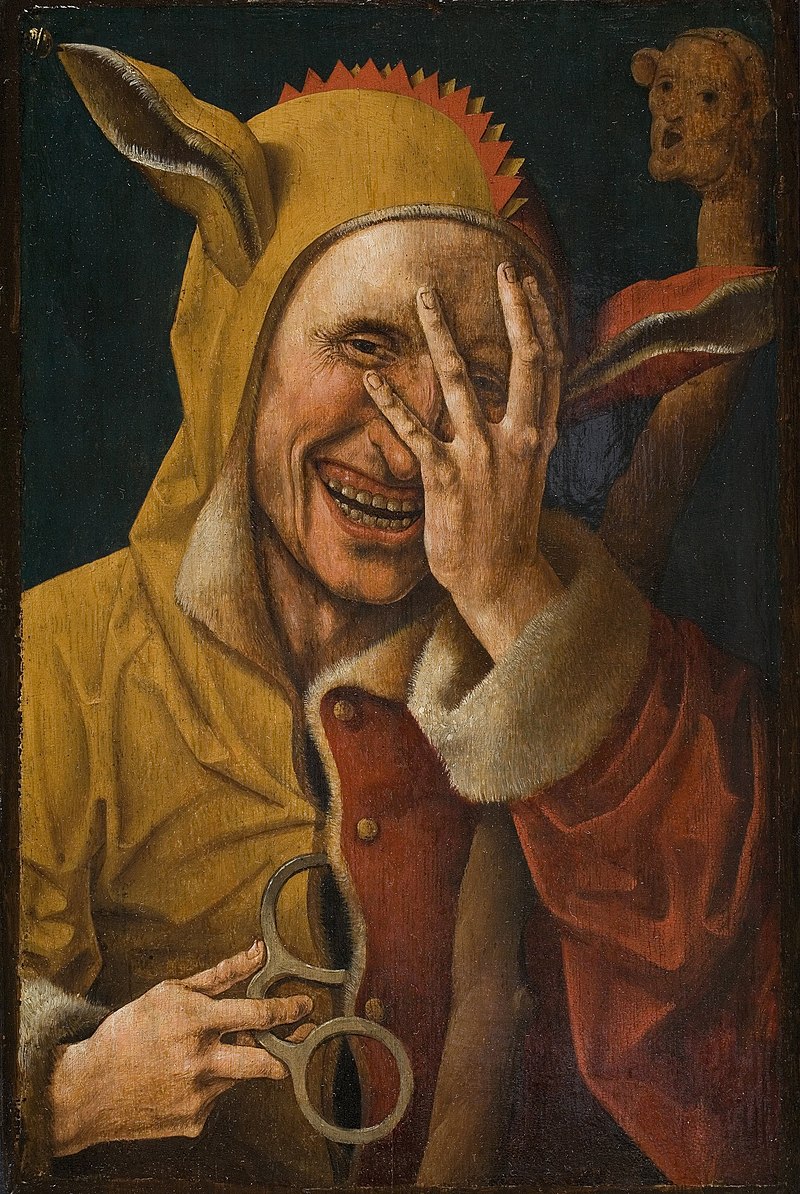
In America, the President would love to kill his critics.
He is not interested in ruling wisely, only perpetually.
Many of today’s elected leaders have no better connection with real people (especially beyond their borders) than those divinely ordained monarchs did centuries ago.

Any Traveller, including your humble blogger and you my patient readers, can play jester in your own communities.

Sometimes a jackass won’t move unless a gesturing mosquito is biting its behind.

Consider countries like El Salvador (where people don’t dream of having two cars in every garage) or Denmark (where they pay high taxes with high expectations and are satisfied doing so) or Iran (where many compromise their freedom for their fidelity to their faith).
Travellers can bring back valuable insights and, just like those insights were needed in the Middle Ages, this understanding is desperately needed in our age of anxiety.

Ideally, travel broadens our perspectives personally, culturally and politically.
Suddenly, the palette with which we paint the parameters of our personalities has more colour, more vibrancy.
We realize that there are exciting alternatives to the social and community norms that our less-travelled neighbours may never consider.
It is like discovering there are other delicacies off the menu, that there is more than one genre of music available on the radio, that there is an upstairs alcove above the library yet to be discovered, that you haven’t yet tasted all 31 flavours.
“That there are more things in Heaven and Earth than are dreamt of in your philosophy.”

I will never be against tourists who travel to escape their workaday lives and simply wish to relax in as uncomplicated a fashion as humanly possible.
Sometimes this is needed.

No, I am referring to Travellers who travel with a purpose on purpose.
People who try to connect with other people.
People who take history seriously.

Yesterday’s history informs today’s news, which becomes all our tomorrows.
Those with a knowledge (or at least a curiosity) of history can understand current events in a broader context and respond to them more thoughtfully.
As you travel, opportunities to enjoy history are everywhere.
Work on cultivating a general grasp of the sweep of history and you will be able to infuse your travels with more meaning.
Even if, in this time of corona, our travels are local.

Above: History by Frederick Dielman (1896)
I digress.
The Warriors of Wattwil
The long and winding road leads us to Wattwil (population: 8,740), first documented in 897 as “Wattinurlare” (which sounds exotic but only means “Watto’s village“).

Above: Wattwil, Canton St. Gallen
Around 1230, Heinrich von Iberg had Iberg Castle built here.
It was destroyed during the Appenzell Wars (1401 – 1429) and rebuilt.
It served as the seat of the bailiffs until 1805.

Above: Iberg Castle, Wattwil
In 1468, the entire Toggenburg County (the last Toggenburg Count, Friedrich VII died without heirs) was bought by St. Gallen Abbey.
The Pfaffenweise (place of assembly) (today a cemetery) served as a community and war gathering point and as a place to demonstrate hommage to the Prince-Abbots of St. Gallen.

Above: Wattwil station
In 1529, Pastor Mauriz Miles from Lichtensteig introduced the Reformation to Wattwil.
The population, which supported the religious innovations by a large majority, was able to prevail against the Catholic abbots.
Catholic Services were only reintroduced in 1593.
The Wattwil church was used by both faiths until a new Catholic church was built in 1968.

Above: Wattwil Reformed Church
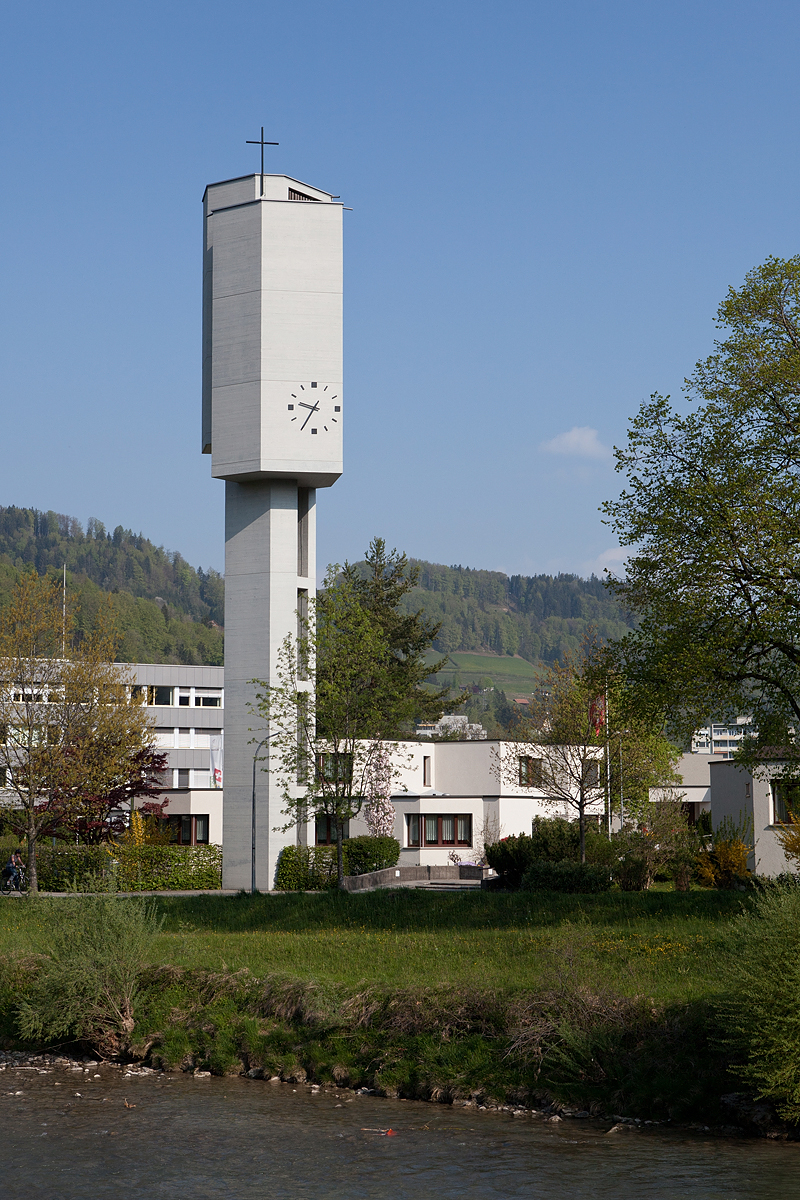
Above: Wattwil Catholic Church
In 1621, the Capuchin Convent of St. Mary the Angel was built on the slope called the Wenkenürti (I have no idea what this translates to.) after a devastating fire at their previous location on Pfanneregg (a hill where the Vitaparcours – think “outdoor gym path” – is practiced).
The Convent is an excellently preserved complex with a highly baroque church.
Sadly, the Sisters left the monastery in 2010.

Above: St. Mary the Angel Convent
In the 17th century, St. Gallen Abbey wanted to expand the road known as Karrenweg via Rickenpass, in order to ensure a better connection between St. Gallen and Catholic Central Switzerland.
The majority of the Reformed Wattwil populace refused to work on it or contribute to it, tirggering the Toggenburg Turmoil (1699 – 1712), which led to the Second Villmerger War of 1712.
The road was only realized in 1786.
Wattwil’s traditional linen weaving mill was replaced by a cotton factory in 1750.
In the 19th century, more than a dozen companies started operating in the town.
In 1881, the Toggenburg weaving school was founded, from which the Swiss Textile Technical School later emerged.

The spirit of intelligence, the thirst for knowledge, the expression of wisdom can also be found in Wattwil.
Ulrich Bräker (1735 – 1798) was an autodidact, writer and diarist, known for his autobiography, widely received at the time as the voice of an unspoiled “natural man” of the lower classes, based on the title which Bräker became known “der arme Mann im Toggenburg” (the poor man of Toggenburg).
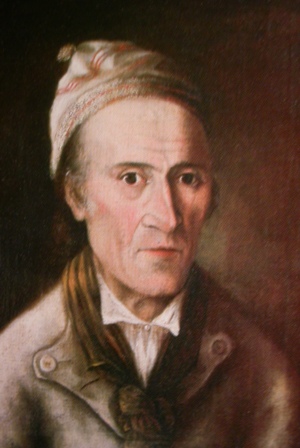
Bräker was born the oldest of eight siblings.

Above: Bräker’s birth house in Näppis near Wattwil
Bräker was educated in literacy and basic arithmetic during ten weeks each winter, working as a goatherd for the rest of the year.
In 1754, the family moved to Wattwil, where Bräker worked various jobs.
In 1755, he entered the service of a Prussian recruiting officer.
Against Bräker’s wishes, he was pressed into military duty in the 13th infantry regiment of the Prussian army in 1756, but he managed to escape later that same year in the midst of the Battle of Lobositz.

Above: War flag of Prussia
Returning to his native Toggenburg, Bräker married Salome Ambühl (1735 – 1822) of Wattwil in 1761 and had several children.
Bräker built a house “auf der Hochsteig” (on the high slope) outside of Wattwil and traded in cotton for the local home industry.

Above: Bräker’s house auf der Hochsteig, contemporary drawing (c. 1794; the house was destroyed in 1836)
He began writing a diary.
Bräker’s writing talent was discovered by local writer and intellectual Johann Ludwig Ambühl.
Bräker published some texts in Ambühl’s Brieftasche aus den Alpen (Letter Bag from the Alps).
Bräker’s writing is based on the pietistic outlook and reflects familiarity with the Bible as well as a keen observation of nature and an enthusiastic interest in the translated works of Shakespeare.
Bräker’s diary is a touching human document containing Lebensweisheit (pearls of pure pramatic wisdom).
Bräker lived to see, and was perturbed by, the French invasion of Switzerland in the spring of 1798.
He died in September that same year.

Johann Ludwig Ambühl (1750 – 1800) was a civil servant and a writer – much like my aforementioned Canadian friend at the beginning of this post.
Ambühl was the son of the schoolmaster of Wattwil, Hans Jacob Ambühl (1699 – 1773).
At the age of 23, Johann became his father’s successor in 1733, for he had helped Hans, increasingly blind, with seven hours of instruction every day since he was 12.
In his free time, Johann mainly devoted himself to studying geometry, music, reading, drawing and collecting natural objects.
In Wattwil, Ambühl was considered a Stölzling (nerd), because of his always strict and serious appearance in public.
In 1783, on the recommendation of Gregorius Grob, Ambühl was hired as a court master by the rich Rheineck merchant Jacob Laurenz Custer.
In this function, he accompanied one of his students to Strasbourg in 1786, to Geneva (1788 – 1789) and in 1790 on a study trip through Italy.
The majority of Ambühl’s literary work consists of plays of extremely patriotic content.

“It was like sawdust, the unhappiness.
It infiltrated everything.
Everything was a problem, everything made her cry….but it was so hard to say exactly what the problem was in the first place.”
(Melanie Thernstrom, The Dead Girl)
Hans Adolf Pestalozzi (1929 – 2004) was a social critic of late 20th century capitalism, which eventually led to his becoming a bestselling author.
Born in Zürich, Pestalozzi, after his studies at the University of St. Gallen, started working for Migros.

In the 1960s he built up the Gottlieb Duttweiler Institut, a think tank named ater the Migros founder, in Rüschlikon (on Lake Zürich).
The Institute was established to investigate the range of possible shortcomings and negative effects of capitalism, in particular within Western consumer society, so that they could be combated more effectively.

Pestalozzi fulfilled that task very thoroughly, too thoroughly, especially in his lectures, so much so that in 1977 he was fired by Migros.
Rather than looking for a new job, he became a freelance writer and self-proclaimed “autonomous agitator” who sided with the fledging European youth, peace and ecological movements.
He preached “positive subversion” and tried to convince people that using their own intelligence was the right thing to do.
Above: Pestalozzi (centre), After us the future, from positive subversion (left) and Off the trees of the apes (right)
Moreover, Pestalozzi demanded a guaranteed minimum income for everybody.
Pestalozzi died a recluse by suicide in his home near Wattwil.
Wikivoyage recommends the Cloister, the Castle and the Kubli Church in Wattwil.

The Wattwil area is great for hiking and mountain biking.
And somewhere down the highway….
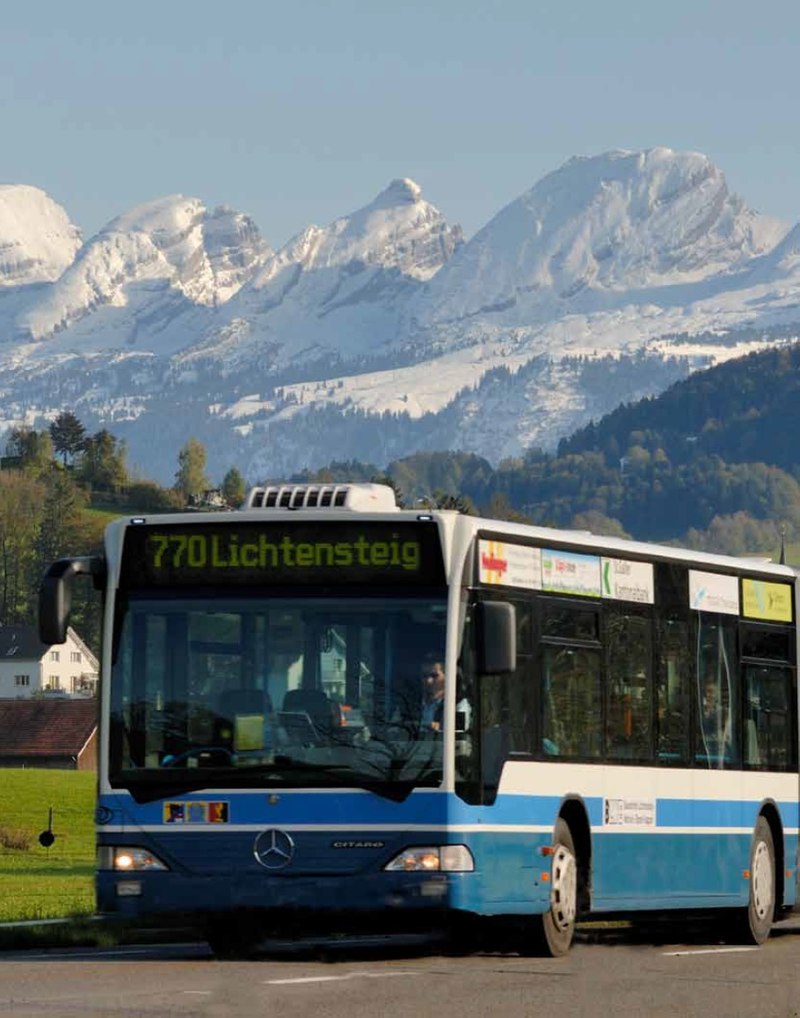
The Afterglow of Ebnat- Kappel
“Perhaps the easiest way of making a town’s acquaintance is to ascertain how the people in it work, how they love and how they die.
In our little town (is this, one wonders, an effect of the climate?) all three are done on much the same lines, with the same feverish yet casual air.
The truth is that everyone is bored and devotes himself to cultivating habits.”
(Albert Camus, The Plague)

Ebnat-Kappel (population: 5,031) was first mentioned in 1218 as “Capelle“.
On 26 July 1854, a fire almost completely destroyed the village.
In 1847, Johann Gerhard Oncken founded the first Swiss Baptist church here in E-K.

People visit Ebnat-Kappel primarily to ski or to follow the 60-kilometre Thurweg.
Worth viewing are:
- the Reformed Church in the centre of Ebnat along with the church hall with its front tower

- the Steinfels House (a Gothic building with Baroque decor)

- the Ackerhaus (built for Albert Edelmann who donated the house to serve as the local museum)
- Typical wooden Toggenburg houses preserved in nearby Eich
- the Felsenstein House in Kappel with Gothic windows and cross-vaulted rooms
- the willow wood figures near the station depicting a chapel and an unicorn
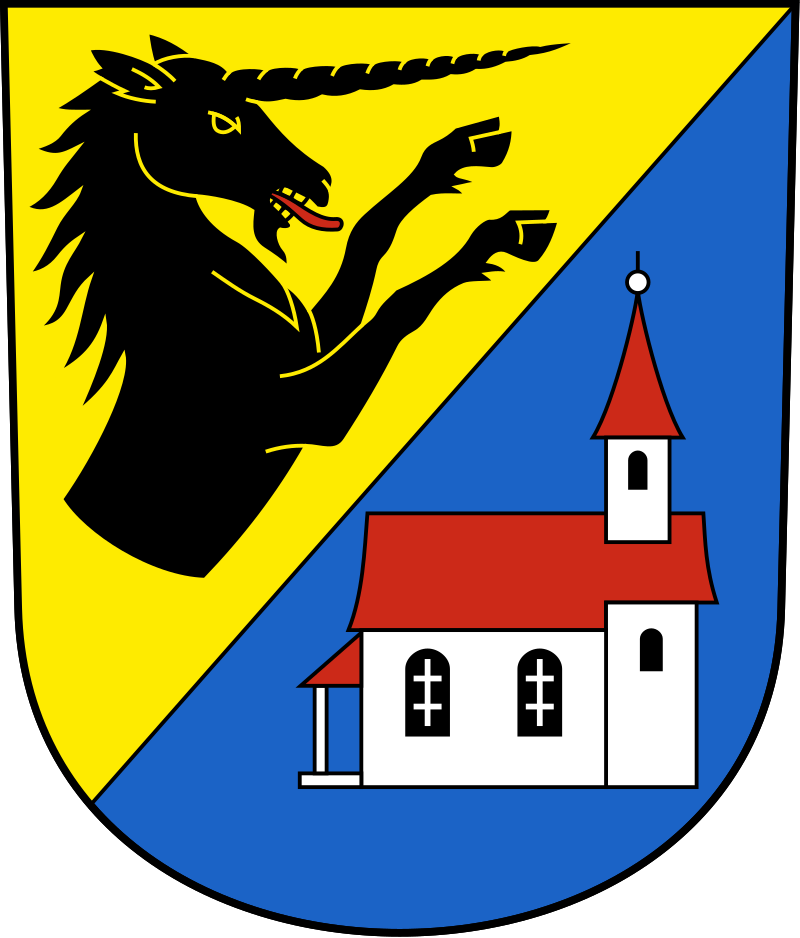
Above: Coat of arms of Ebnat – Kappel
- the Sinnepark (a sensory park) just south of the village

Above: Ebnat-Kappel station
Notable people of Ebnat-Kappel are:
- Albert Edelmann (1886 – 1963) was a teacher, painter and sponsor of local folk and cultural assets.
His Ackerhaus museum shows objects of Toggenburg culture from four centuries.
In addition to household items and equipment from the Toggenburg, the collection contains rural paintings, pictures by Babeli Giezendammer and other painters, seven house organs and neck zithers.
By the end of the 19th century, the neck zither game in Toggenburg was forgotten.
Thanks to Edelmann this tradition was revived.
There is a room dedicated to the Biedermeier period (1815 – 1848) in Toggenburg.
Edelmann’s former studio shows his CV and his work.
While the Museum offers encounters with the past, the culture of Now is everpresent.

Above: Albert Edelmann
“I enjoy decoration.
By accumulating this mass of detail you throw light on things in a longer sense.
In the long run it all adds up.
It creates a texture – how shall I put it – a background, a period, which makes everything you write that much more convincing.
Of course, all artists are terrible egoists.
Unconsciously you are largely writing about yourself.
I could never write anything factual.
I only have confidence in myself when I am another character.
All the characters in my books are myself, but they are a kind of disguise.”
(Patrick White)
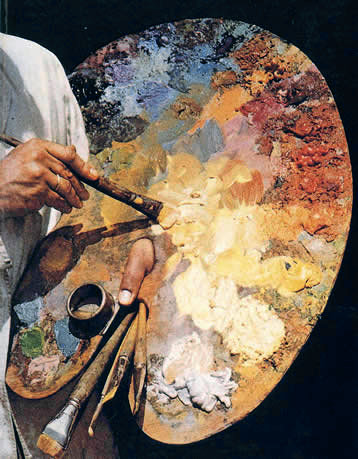
- Babeli Giezendanner (1831 – 1905) was a painter, representative of Appenzeller / Toggenburger peasant painting.
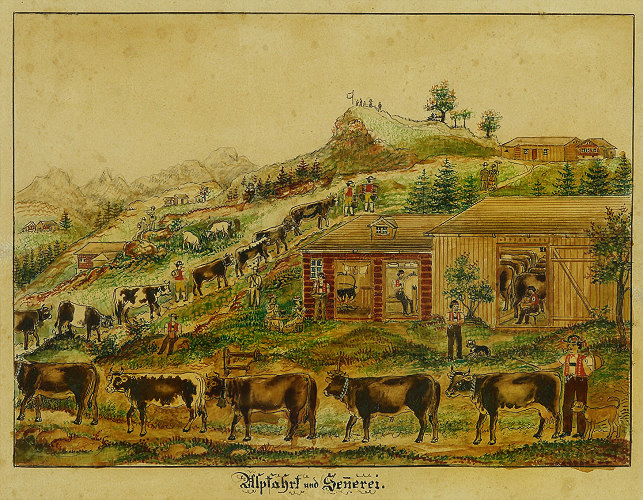
She was born the third of nine children.
In 1861, she married master shoemaker Ulrich Remisegger.
In 1873, he died in an accident.
As a widow with three children, Babeli supported her family through weaving, drawing and painting.
In 1904, she moved to the Hemberg poorhouse and lived there until she died in her 74th year.
“Possibly all art flowers more readily in silence.
Certainly the state of simplicity and humility is the only desirable one for artist or for man.
While to reach it may be impossible, to attempt to do so is imperative.”
(Patrick White)
Babeli Giezendanner learned to draw from her father, which meant that she had a good knowledge of perspective drawing that characterizes her work.
Furthermore, she worked temporarily in Lichtensteig for the lithographer Johan Georg Schmied.
Stylistic relationships to the work of the Swiss peasant painter Johannes Müller from Stein (AR) can be proven.
He may have been one of her role models.
The artist’s oeuvre is diverse and extensive, the inventory includes around 100 works.
They include the depiction of houses and villages, alpine lifts and cattle shows.
She created numerous livery paintings and memorial sheets for birth, baptism, wedding and death.
For commemorative albums, she painted pictures and wrote poems.
The painting of umbrellas and dials of clocks has been handed down in the vernacular, but cannot be proven.
Today, many of her paintings and drawings are exhibited in the Toggenburg Museum in Lichtensteig and in the Museum Ackerhus in Ebnat-Kappel.
“Very early in my life it was too late.”
(Marguerite Duras, The Lover)
“I start to get the feeling that something is really wrong.
Like all the drugs put together – the lithium, the Prozac, the desipramine and the Desyrel that I take to sleep at night – can no longer combat whatever it is that was wrong with me in the first place.
I feel like a defective model, like I came off the assembly line flat-out f….d and my parents should have taken me back for repairs before the warranty ran out.
But that was so long ago.
I start to think there really is no cure for depression, that happiness is an ongoing battle, and I wonder if it isn’t one I’ll have to fight for as long as I live.
I wonder if it’s worth it.
I start to feel like I can’t maintain the facade any longer, that I may just start to show through.
And I wish I knew what was wrong.
Maybe something about how stupid my whole life is.
I don’t know.”
(Elizabeth Wurzel, Prozac Nation)

- Guido Looser (1892 – 1937) was a writer.
Looser attended high school in Zürich and then studied history, German and geography at universities in Zürich and Berlin.
He then worked as a teacher in Zürich.
From 1922, he suffered increasingly from depression which led to long hospital stays in Kreuzlingen and Oetiwil.
In 1937, Looser committed suicide, given the impossibility of continuing to fund adequate hospitalization.
Looser wrote novels, essays and poems, strongly influenced by his psychological suffering and revolving around illness, melancholy and death.
Looser is known for:
- Nachglanz (Afterglow)
- Josuas Hingabe (Joshua’s dedication)
- Die Würde (Dignity)
- Nur nie jemandem sagen, wohin man reist (Just never tell anyone where you are going)
“You only live twice: once when you are born and once when you look death in the face.”
(Ian Fleming)

Above: Ian Fleming (1908 – 1964)
Bridges over troubled waters

“When I think of all the things he did because he loved me – what people visit on each other out of something like love.
It is enough for all the world’s woe.
You don’t need hate to have a perfectly miserable time.”
(Richard Bausch, Mr. Field’s Daughter)
Stein (population: 1,429) has a few sites worth viewing:
In the village centre, the 18th century church and the Appenzeller Folklore Museum with, among other things, looms and embroidery machines from the 19th century.

Above: Coat of arms, Stein, Canton Appenzell
Between the hamlet of Störgel and the St. Gallen suburb of Haggen lies the Haggen Bridge, the highest pedestrian footbridge in Europe, which spans the 355-metre wide gorge of the Sitter at a height of 99 metres.
The structure called “Ganggelibrugg” (wobbly bridge) was actually planned for traffic between Stein and St. Gallen, but due to serious structural defects it could never be handed over to its intended purpose.
For a long time it was the most used bridge for suicide in Switzerland.
Since 2010, the bridge has been secured with nets that help prevent such tragedies.

Nearby are the Kubelbrücke (the Talking Bridge, a covered wooden bridge over the Urnäsch River in the hamlet of Kubel), the Abtebrücke (the Abbey Bridge, a covered wooden bridge over the River Sitter in the hamlet of Kubel, built by the St. Gallen Monastery) and the Hüsli covered wooden bridges across the Sitter and the Wattbach beneath the Ganggelibrugg in the hamlets of Blatten and Zweibruggen.

Also worth visiting in Stein is the Appenzeller Show Dairy, where you can watch the production of Appenzeller cheese.
(Open: 0900 – 1800 / Guided tours: Wednesday and Sundays, 1400 and 1700)

Everybody is interested (or should be) in Switzerland.
No other country in Europe offers a richer return to the Traveller for his time and effort.
To revisit Switzerland is for the old to renew one’s youth, while for the young it is to gain a lifelong sense of the inspiring grandeurs of this wonderworld.

Above: The Matterhorn
The Traveller goes to Switzerland chiefly to look at mountains, the Swiss Alps are as effectively displayed as the treasures in a well-arranged museum, but the mountains are not the only things in Switzerland.
There are the towns and cities and the people, those admirable Swiss people, who have made their land in many respects the model country of the world.

Above: Lake Lucerne, view from Pilatus
(If you are not sure about this, just ask the Swiss.)
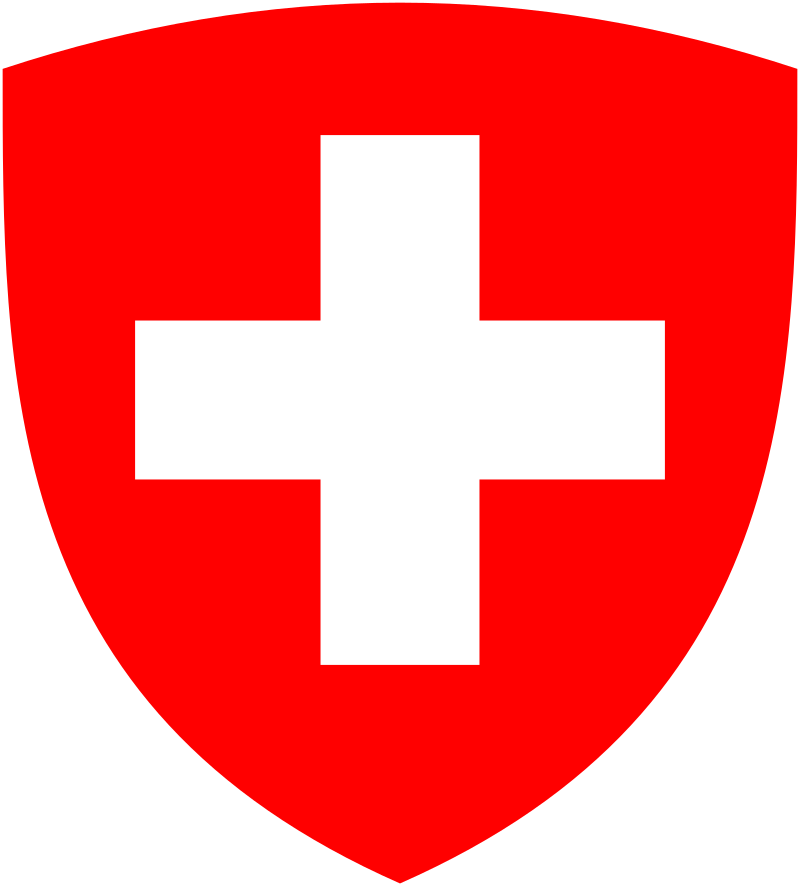
The sad thing is that while Switzerland may be the playground of Europe, it is not the playground of the Swiss.
Switzerland is their workshop, where they toil at many industries and practice many useful arts of which the outside world knows little.
The world knows of music boxes, cheese and watches and that the Swiss are born hotel keepers with comfort and courtesy as their watchwords.

Non-Swiss tend to dismiss Switzerland as an irrelevance in the broader sweep of European history.
Because the country is peaceful today, the assumption is that it has always been somehow inherently tranquil, but this is an illusion.
Until the middle of the 19th century, Switzerland was the most unstable country in Europe.
The Alpine calm of today came at the price of a millennium of war.
The Swiss may no longer be an offensive force, but they are defensively armed to the teeth.

The Reformation, which began in Germany in the early 16th century, was sparked in Switzerland by a native of the next town down the road….

Above: Map of the Old Swiss Confederacy 1536 showing the religious division
“Within a few days I will go to the Papal Legate [Pucci], and if he shall open a conversation on the subject as he did before, I will urge him to warn the Pope not to issue an excommunication [against Luther], for which I think would be greatly against him [the Pope].
For if it be issued I believe the Germans will equally despise the Pope and the excommunication.
But do you be of good cheer, for our day will not lack those who will teach Christ faithfully, and who will give up their lives for Him willingly, even though among men their names shall not be in good repute after this life…
So far as I am concerned I look for all evil from all of them: I mean both ecclesiastics and laymen.
I beseech Christ for this one thing only, that He will enable me to endure all things courageously, and that He break me as a potter’s vessel or make me strong, as it pleased Him.
If I be excommunicated I shall think of the learned and holy Hilary, who was exiled from France to Africa, and of Lucius, who though driven from his seat at Rome returned again with great honour.
Not that I compare myself with them: for as they were better than I so they suffered what was a greater ignominy.
And yet if it were good to flourish I would rejoice to suffer insult for the name of Christ.
But let him that thinketh he standeth take heed lest he fall.
Lately I have read scarcely any thing of Luther’s, but what I have seen of his hitherto does not seem to me to stray from gospel teaching.
You know – if you remember – that what I have always spoken of in terms of the highest commendation in him is that he supports his position with authoritative witness.”
(Huldrych Zwingli)

Above: Portrait of Ulrich Zwingli (1484 – 1531)
Swiss city after city overthrew ecclesiastical overlords in favour of the new Protestantism, with city authorities gaining new power over the countryside in the process.
Zwingli’s attempts in 1531 to reorganize the Confederation under the urban leadership of Zürich and Bern led to armed conflict and the eventual loss of his life in battle.
The Reformation continued to spread, with Geneva – at the time not Swiss – emerging as a major centre for Protestantism, thanks to the zealotry of French priest and Reformer Jean Calvin.
Increasingly the Catholic cantons nurtured an inferiority complex towards the Protestant cities, which held a grip on political authority.

Above: Religious division of the Old Confederacy during the 17th and 18th century
Only shared economic interests keep the Swiss Confederation together.
I have mentioned the textile industry as crucial to the towns we passed through, for it was textiles, among other industries, where merchants in the cities (generally Protestant) supplied raw materials to peasants in the countryside (generally Catholic) who worked up finished products and returned them for trading on.

Wildhaus (population: 1,205) is first mentioned in 1344 as “Wildenhuss“.
In addition to tourism, agriculture and forestry from the economic focus.
The birthplace of the Reformer Huldrych Zwingli, built in 1449, is one of the oldest wooden houses in Switzerland.
(For more on Zwingli and travels following his life, please see:
Canada Slim…
- and the Road to Reformation
- and the Wild Child of Toggenburg
- and the Thundering Hollows
- and the Battle for Switzerland’s Soul
- and the Monks of the Dark Forest
- and the Battlefield Brotherhood
- and the Lakeside Pilgrimage
….of my other blog, The Chronicles of Canada Slim at https://canadaslim.wordpress.com.)
Wildhaus is both a summer and winter sports resort.
Two chair lifts and several ski lifts lead to the Gamsalp and the Gamserrugg.
The Obertoggenburg and the Churfirsten ski area, which Wildhaus operated together with Unterwasser and Alt St. Johann until separated by the Cablecar Conflict of 2019.
The 87-kilometre Toggenburger Höhenweg begins in Wildhaus and ends in Will, as does the 60-kilometre long Thurweg.

Above: Wildhaus, Canton St. Gallen
Wildhaus is a place my wife and I have together and apart have repeatedly visited.
I have followed both the Höhenweg and the Thurweg from start to finish.
We have driven to and through Wildhaus.
On this trip we do not tarry but continue swiftly onwards.

Above: Coat of arms of Wildhaus
What follows is a place so seductive that an afternoon seems to stand still….
(To be continued….)

Sources: Wikipedia / Google / Wikiquote / Wikivoyage / Giovanni Boccaccio, The Decameron / Albert Camus, The Plague / Humphrey Carpenter, The Inklings / Albert M. Debrunner, Literaturführer Thurgau / Rick Steves, Travel as a Political Act / Elizabeth Wurzel, Prozac Nation / Rosamund Young, The Secret Life of Cows



:format(jpeg):mode_rgb():quality(90)/discogs-images/R-3499969-1458956533-7155.jpeg.jpg)

:format(jpeg):mode_rgb():quality(90)/discogs-images/R-13722924-1567864239-6989.jpeg.jpg)


